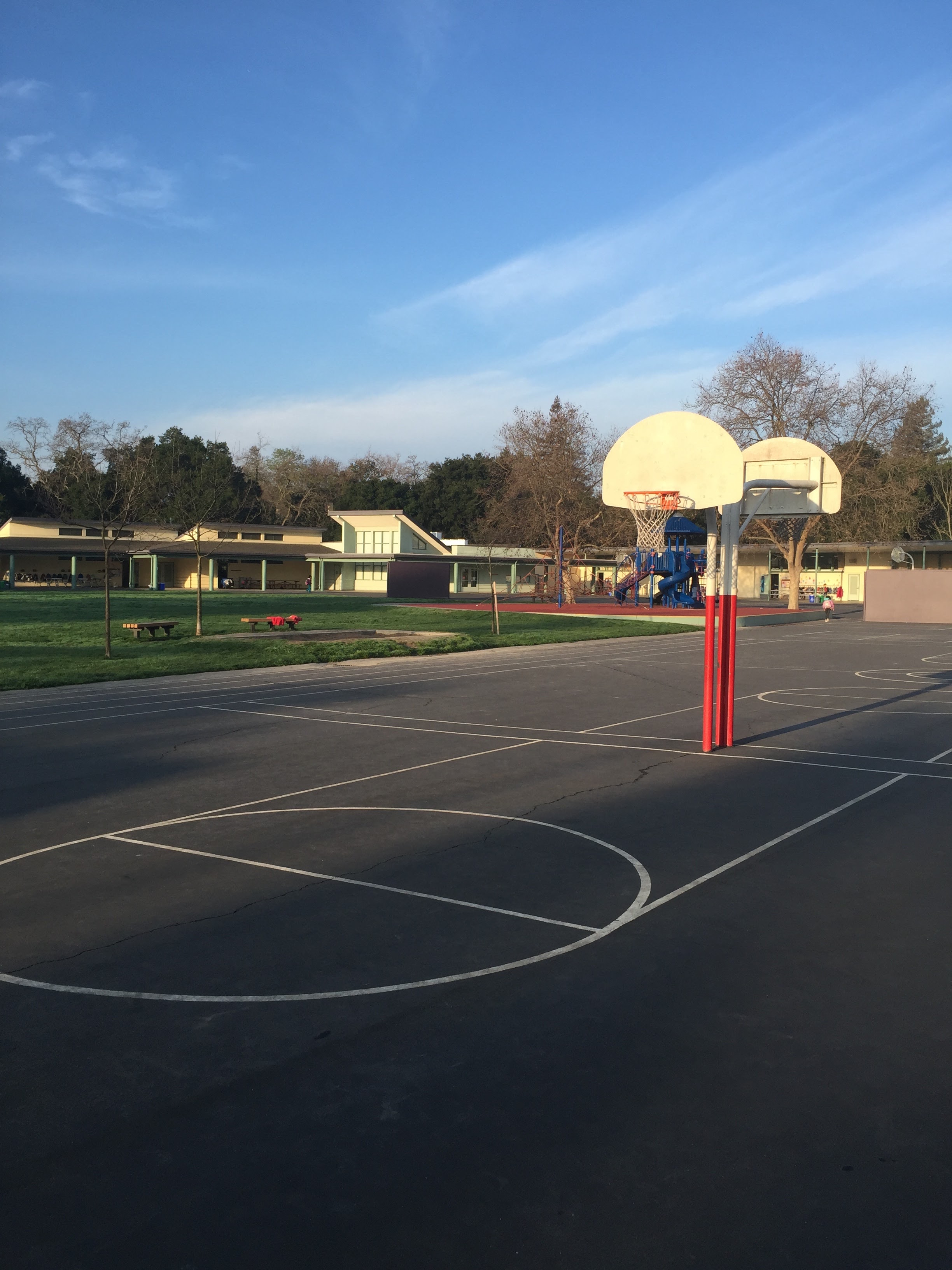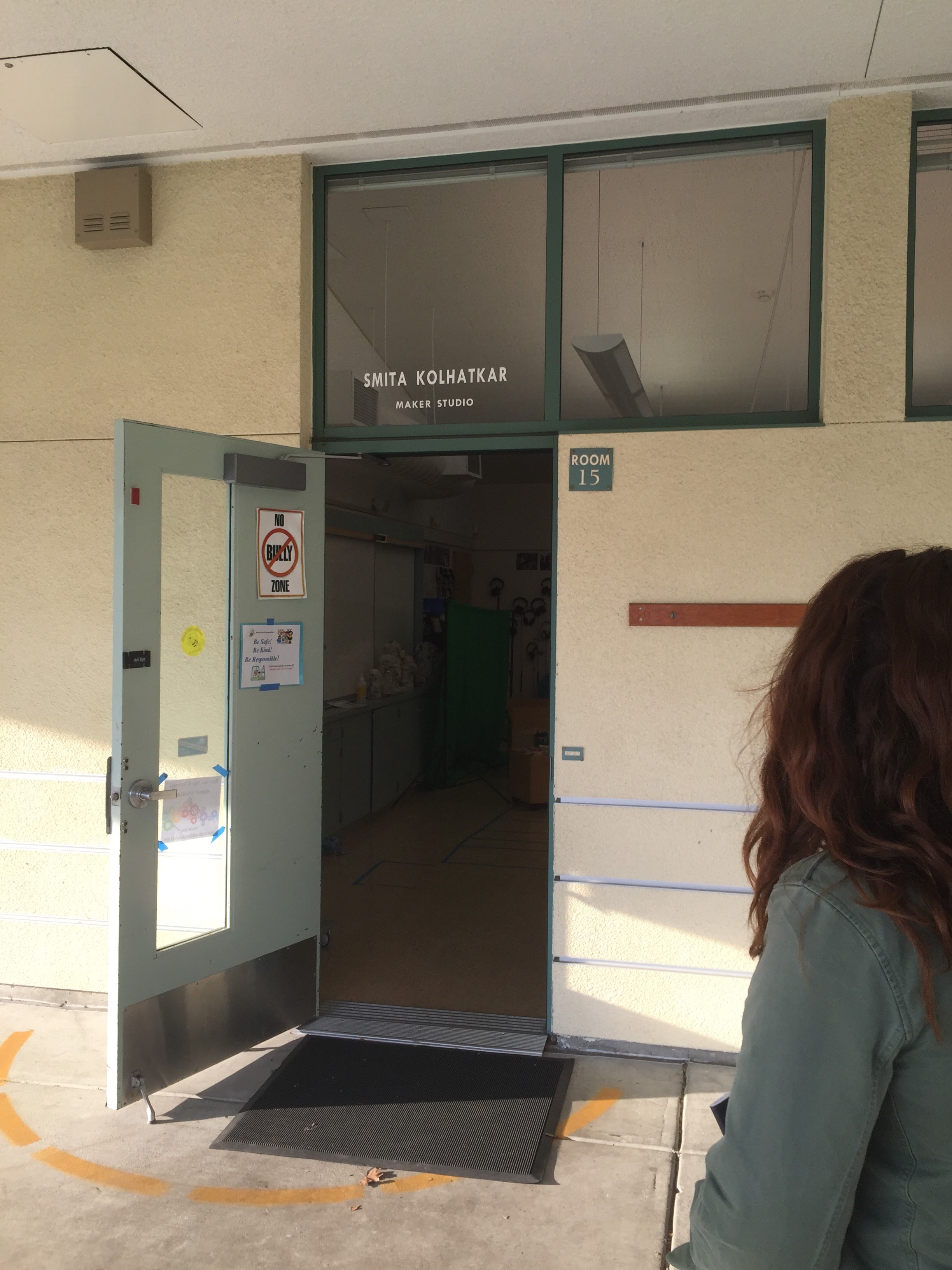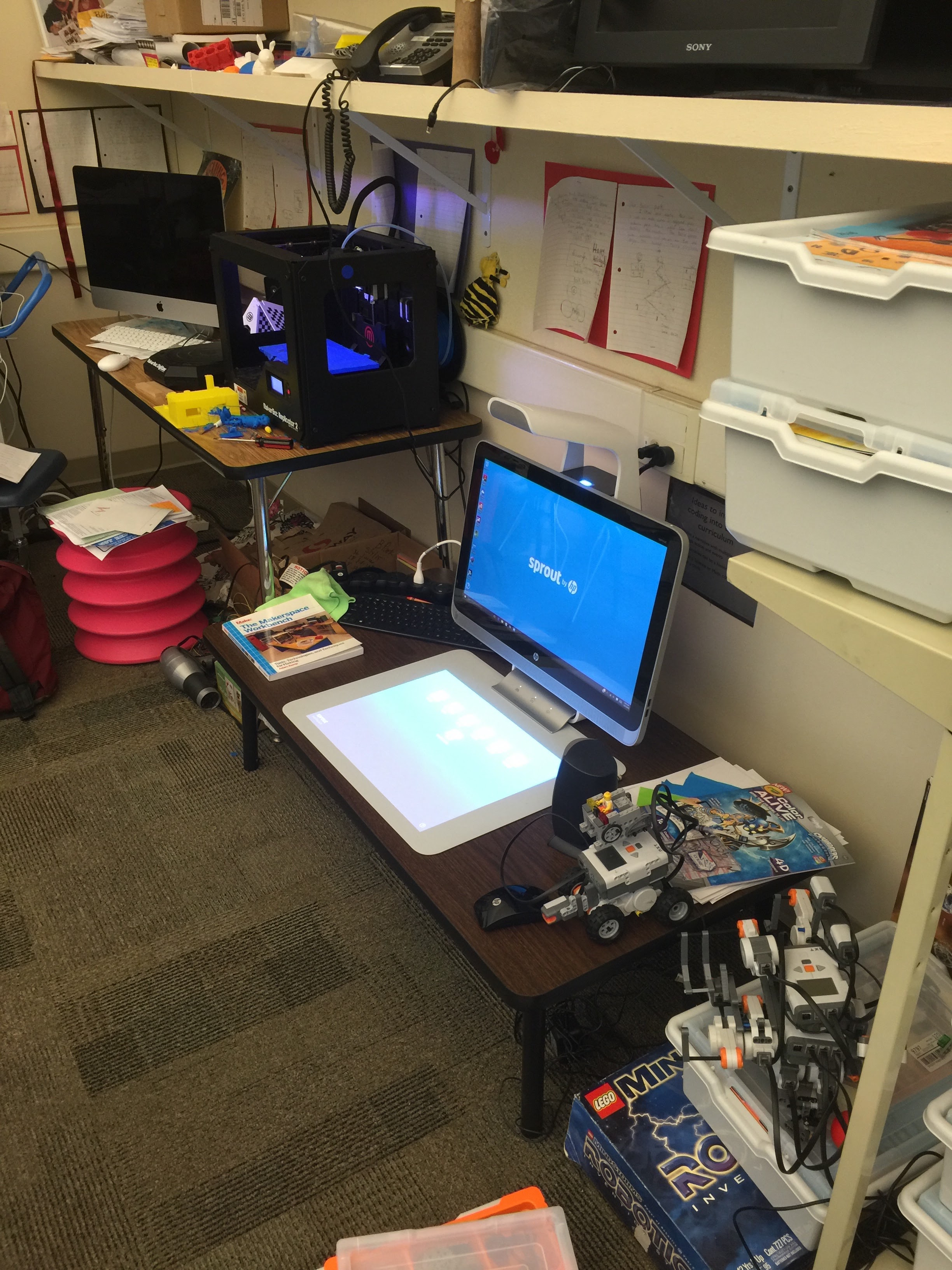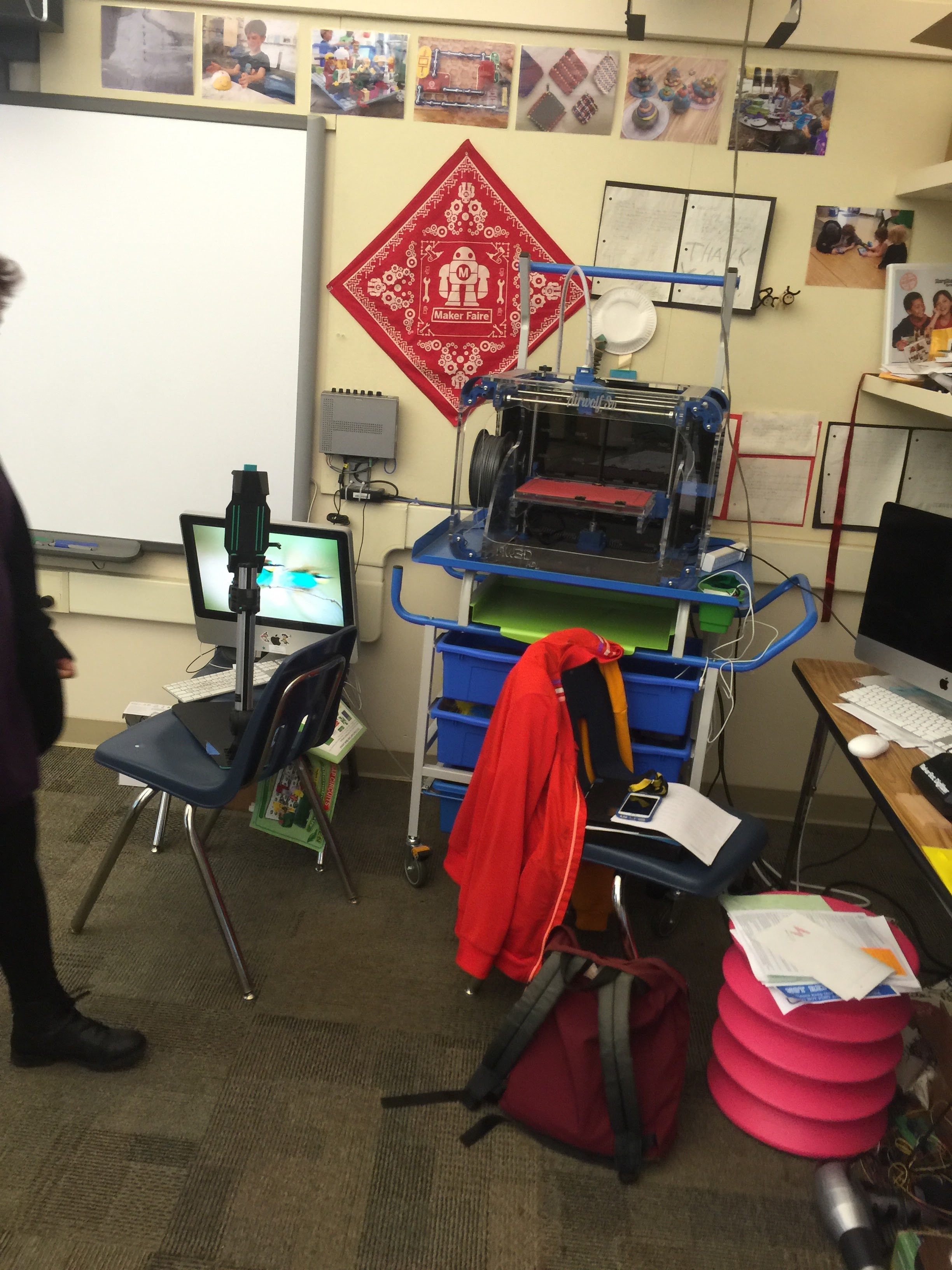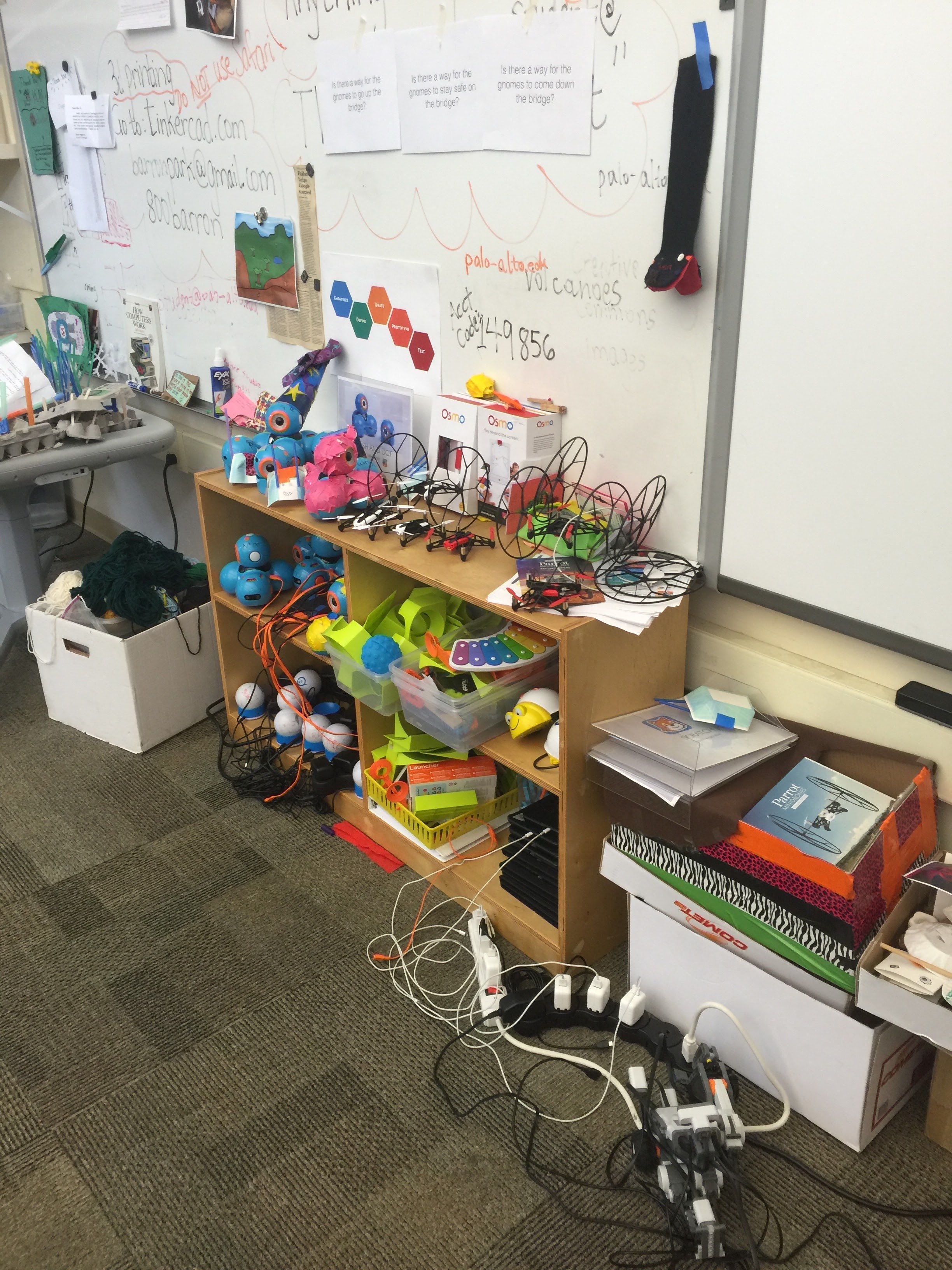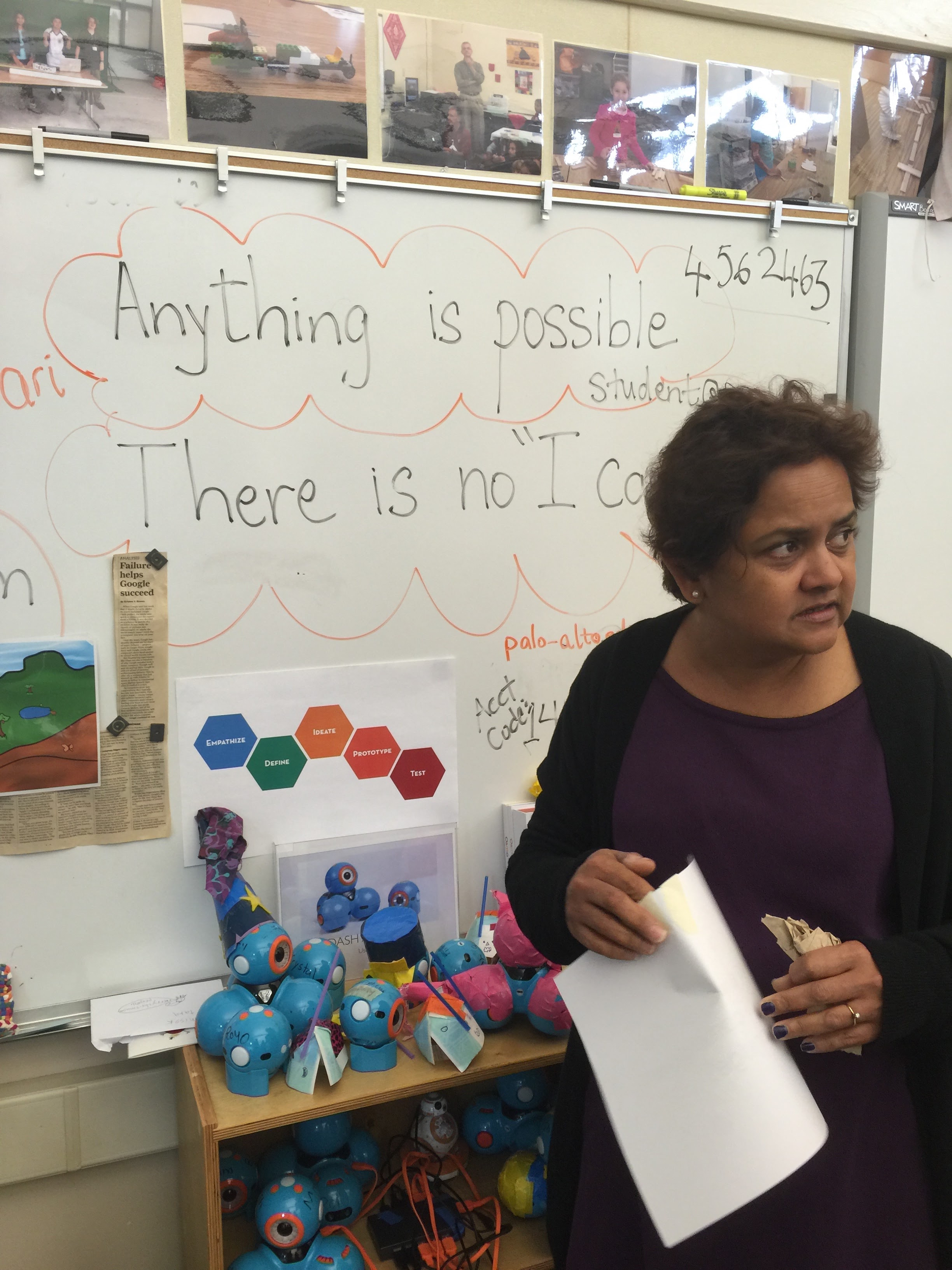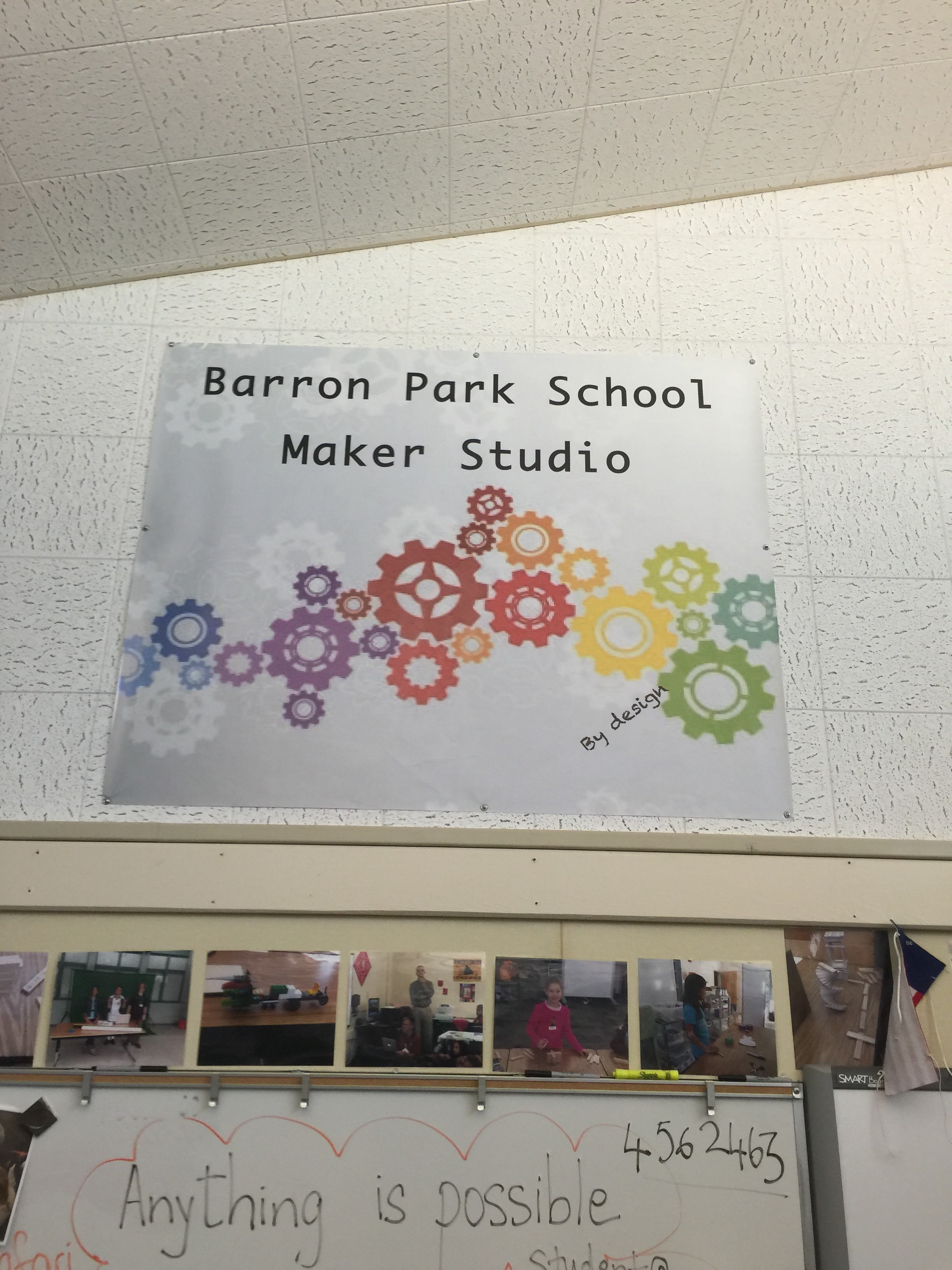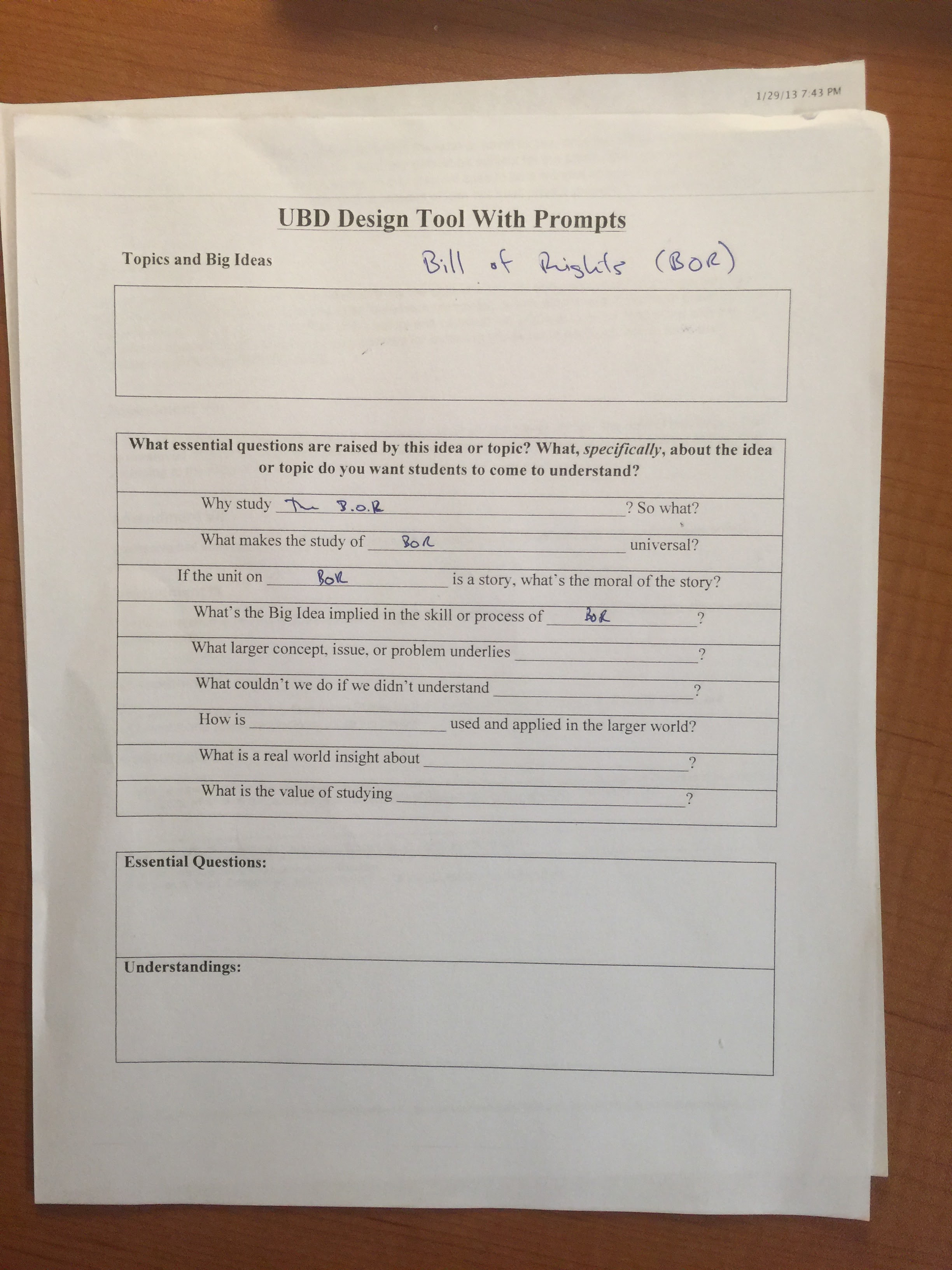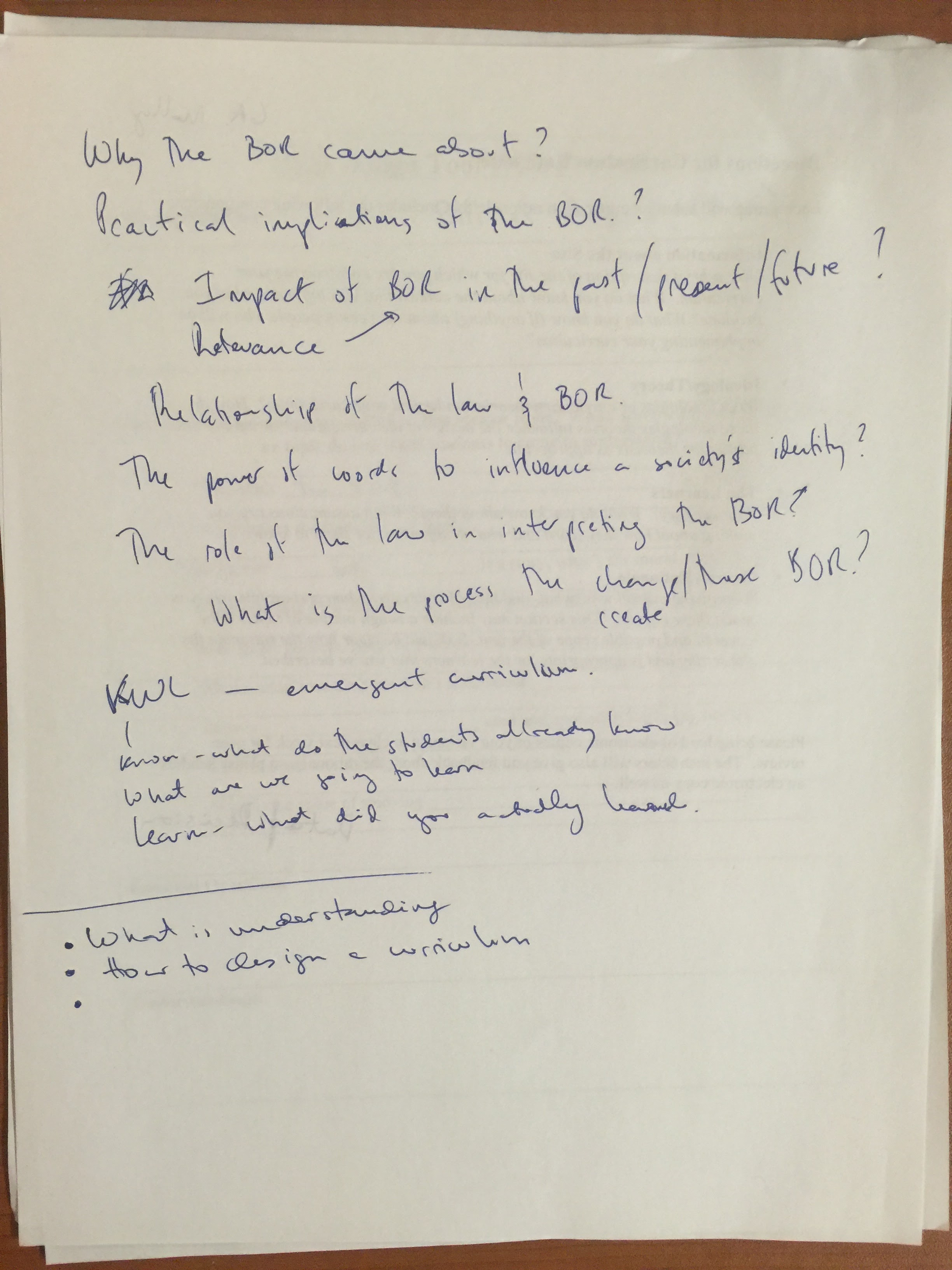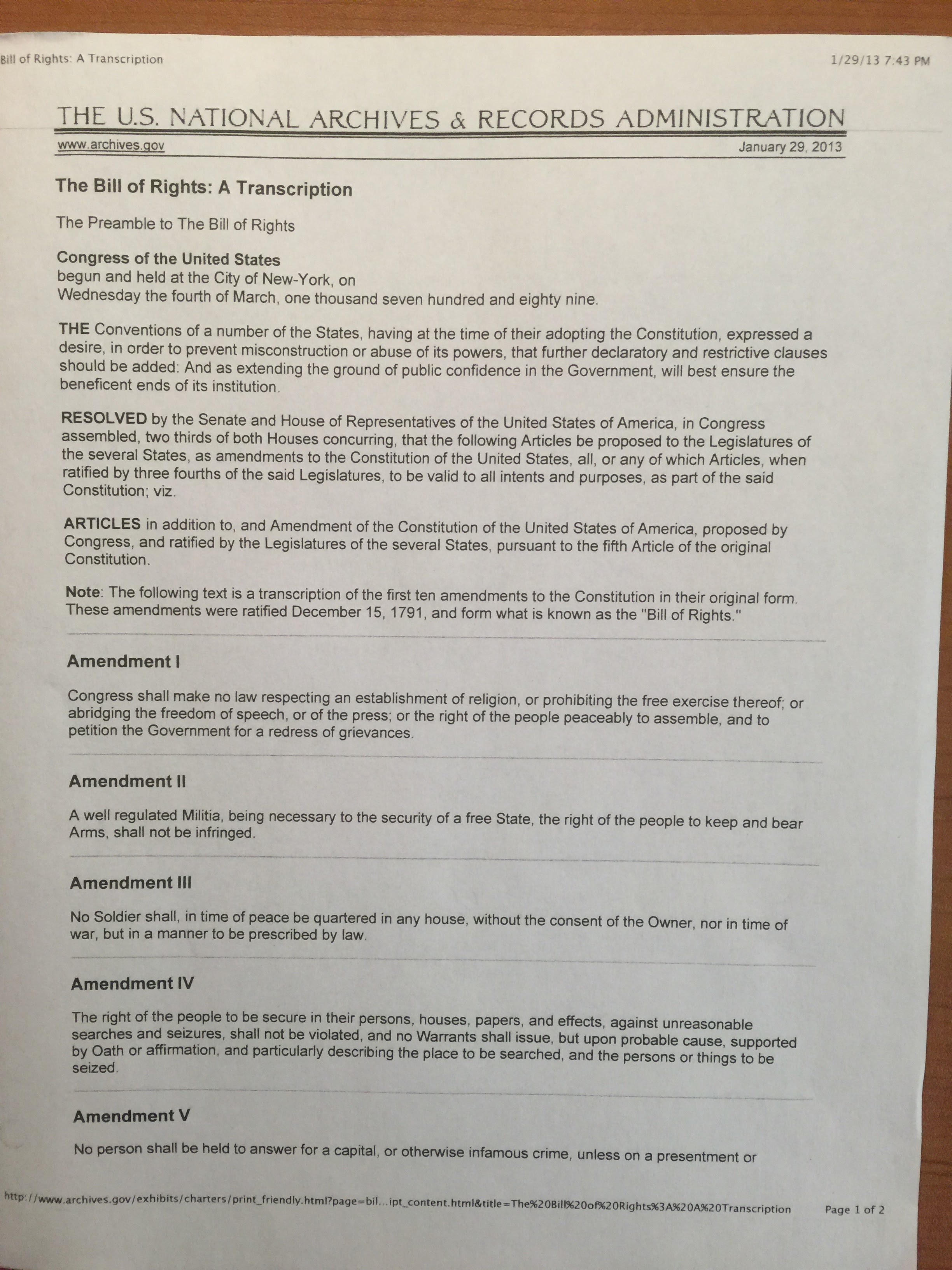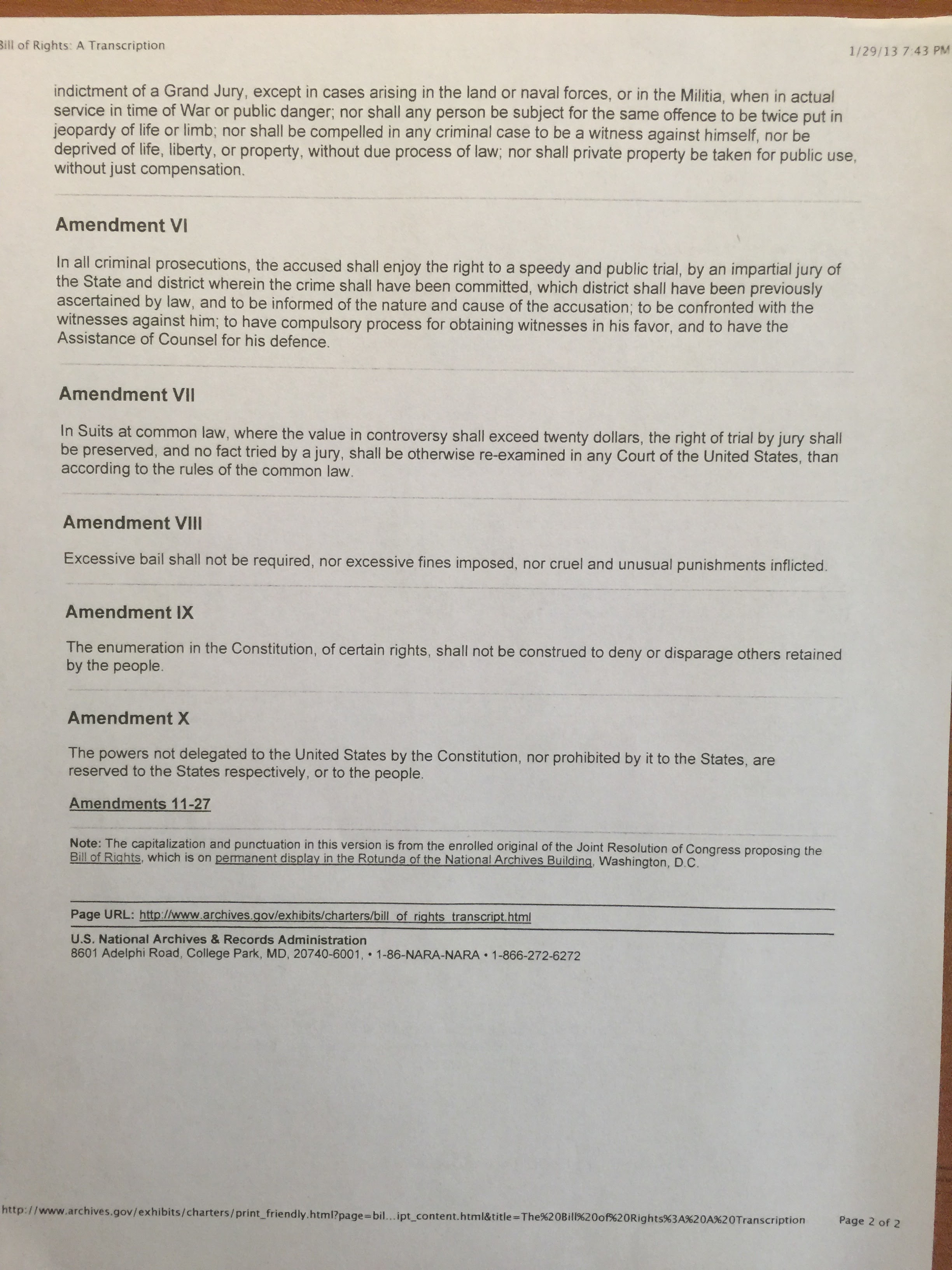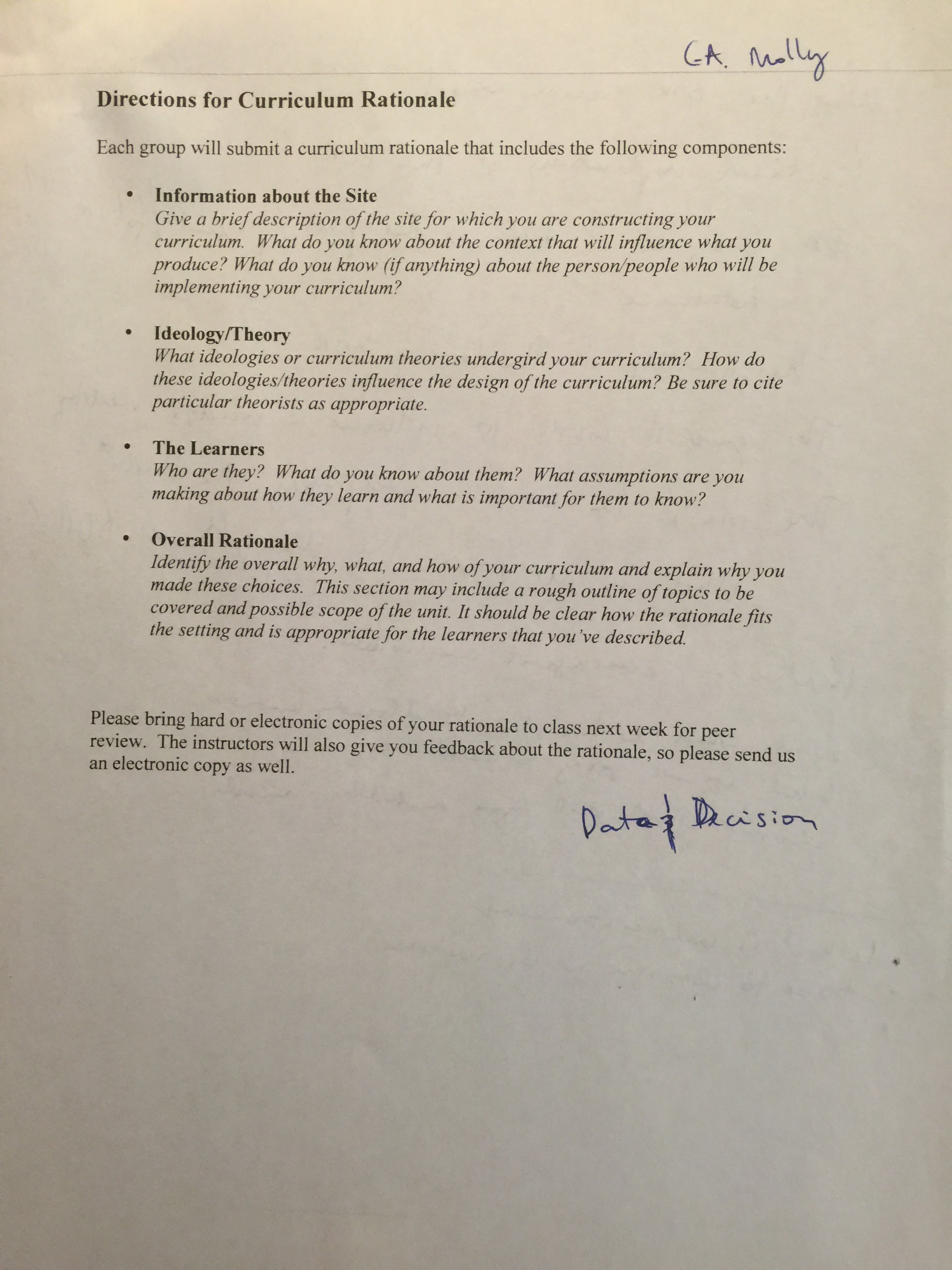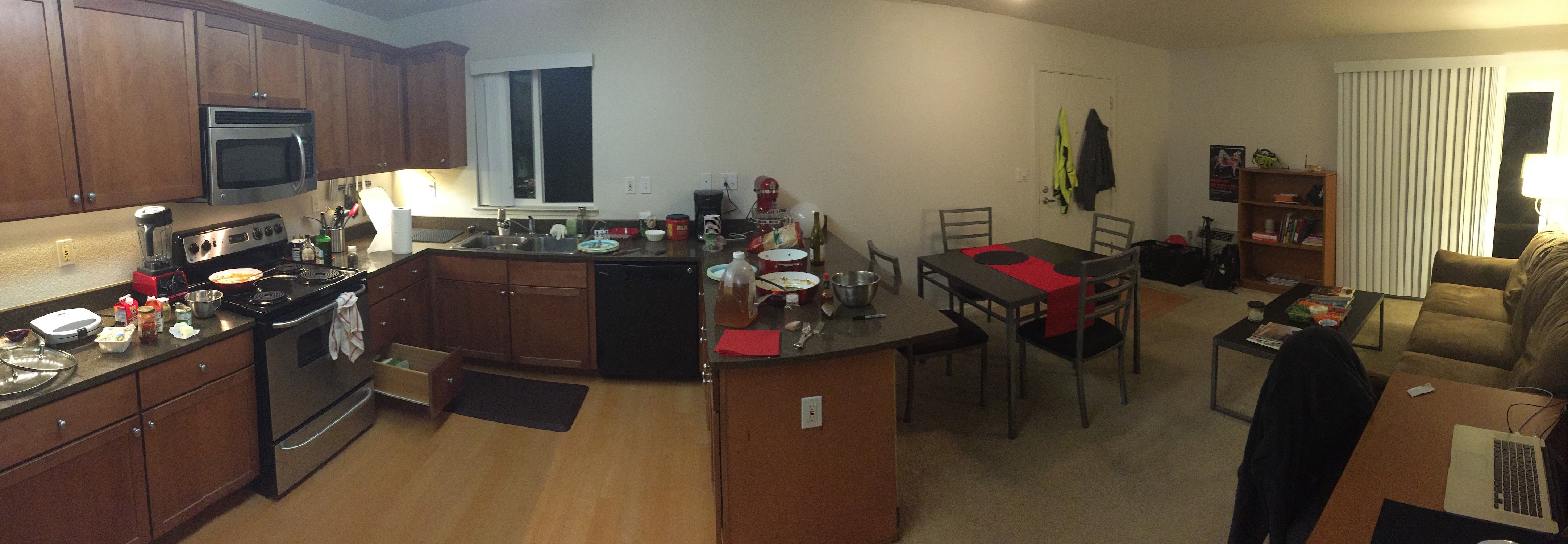Prompt
What your report should have
- An introduction, in which you state the issue you are interested in (1-3 pages). This could an improved version of the essay that you did for week 3 (or pieces of it). Make sure it is well-connected to the literature that we have read so far (and optionally also others that you have come across in other classes). This is not just about your opinion or gut feeling–we want to make it academically more solid–but keep your voice there!
- A description of your observation plan, the site, what you did, how much time you spent there etc. Justify your choices (1-2 pages).
- Your data and discussion. Make sure you separate the observations from your interpretation (page count depends on how you did the observations, how much data you have — typically 3-5 pages)
- A conclusion, including suggestions to solve or improve the shortcomings and issues that you observed (1-2 pages).
Remember that our plan is to transform your papers into chapters in an free ebook and release them to the world! (of course you will be able to revise them later and also opt-out).
Response
(Google doc with pictures, links and formatting)
Makerspaces in schools and professional development: how to do it?
Lucas Longo – 2016
Makerspaces in schools provide an unique opportunity for teacher professional development, in all disciplines. They may provide a situated learning experience where teachers can recall the difficulties students have in the process of learning and thus reflect upon their own teaching practices. Given that the majority of teachers are not familiar with fabrication and electronics, they are put back into the beginner’s seat, providing the possibility of reflecting metacognitively about learning and teaching. Accompanied with engaging discussions and activities of grounded on the affordances the activities provide, teachers learn about the best practices of teaching through modeling and engagement in practice.
The nature of the activities in makerspaces range from exploring, designing, building, and asking questions – all traits considered desirable in today’s research in education. What if we could apply these features into an English Poetry class? How can we promote transfer from the teachers experiences in the makerspace into their ‘Monday’? I propose a PD curriculum that through engaging in makerspace, teachers are provided the opportunity to reflect on how learning happens, how to transfer these ideas into their own practice, and ultimately affect learning outcomes of their students.
“In fact, the richness of makerspaces comes not from the fact that the abstract is left out, but that it is brought in together with new ways to build relationships with and between objects and concepts. ” (Blikstein & Worsley, 2001, p.5)
The process of tangibilizing ideas I believe is central to the learning process teachers would go through. How might a History professor tangibilize a class about the Industrial Revolution? Perhaps by reenacting a pivotal moment, trial, or protest where the students represent the historical figures. Students will be engaged by the shared responsibility of doing research on the topic, creating a skit, performing it, and finally discussing what they learned from the experience. This process has direct parallels to the activities in the makerspace where the goal is to learn in the making, where the process is the goal, and the final product is an experience.
“The history of educational technologies and education reform (Collins & Halverson, 2009; Tyack & Cuban, 1995) has repeatedly demonstrated that the implementation of “revolutionary technologies” often leads to considering their benefits as self-evident. We see research (done together with teachers) as a tool for both measuring learning outcomes and as a way for teachers to reflect upon and optimize their own practice.” (Blikstein & Worsley, 2001, p.6)
This PD curriculum would also need to introduce new concepts of assessing if students are learning more or less once these new practices in teaching are utilized in the classroom. I am not proposing the elimination of ‘traditional’ testing but an added level of observation of the student’s process, effort, and progression to provide new measures of assessment. These measures would in turn provide valuable information for the teachers to formatively assess their own practice.
“Assessing the work that takes place in makerspaces is possible, but it requires a new set of approaches and tools. Teachers and practitioners need to be aware that the metrics of success will not necessarily be test scores but very different types of assessments—it is a common and dangerous trap to promise that students’ math scores will automatically improve as a result of a maker class.” (Blikstein & Worsley, 2001, p.10)
Finally, a sustained community of practice is needed to create synergies amongst teacher’s experiences, doubts, and shared knowledge. Utilizing the common thread of their makerspace PD, they could share and discuss how they applied what they learned in their disciplines, curricula, classroom activities, and assessments.
“Allowing teachers to “pair up” and design curriculum together, even if they are from different areas, greatly expands the range of activities that can be done in the labs and makes it possible to attract students with a variety of different interests.” (Blikstein & Worsley, 2001, p.9)
The makerspace PD experience might trigger in teachers the desire for a more multidisciplinary approach to their practice where the connections between the abstract and the concrete are explored and transferred. “Knowledge is not merely a commodity to be transmitted, encoded, retained, and re-applied, but a personal experience to be constructed.” (Ackermann, 2001, p.7) To do this, they must be open to potential overlaps of different disciplines and creating opportunities for the students to engage not only mentally but physically with the concepts at hand.
With this intention in mind, makerspaces provide not only an opportunity for students to do so, but for teachers, as students, to engage and experience with potentially different approaches to teaching their discipline. There is no ‘magic bullet’ but I believe that makerspaces could provide an interesting mechanism to scaffold the teacher’s progression towards transforming their own practice.
On top of using the makerspace as a PD environment, the teachers might also be inspired to use the space for special projects within their discipline. Back to the History teacher, he might want to show how the evolution of machines has increased the production output of goods, having the students experience the speed with which they can prototype products using only pencil and cardboard versus using the computer to design and the laser cutter.
Hopefully, the now worldwide Maker’s movement will survive and prosper as a means to the ultimate end – improved learning outcomes – both for the students and for the teachers.
“We have the once-in-a-generation opportunity to establish something truly new in schools, make it sustainable, and deeply integrate it in the school day. We have the opportunity to give to millions of children a new entry point into the world of knowledge and science, and give them a much richer palette of expressive media for their ideas to come true, creating much more sophisticated “objects to think with.” (Blikstein & Worsley, 2001, p.12)
For this to happen, all stakeholders must be committed and involved in the process. A FabLab PD might be one way to stimulate and help spread even more widely the affordances this kind of space can provide to all parties involved.
“The maker movement will only survive and fulfill its educational goals if the decisions are being made by teachers, education researchers, and education policy makers—professionals that really understand schools, teaching, and learning.” (Blikstein & Worsley, 2001, p.12)
Observation plan
To explore this idea of using makerspaces as a learning environment for teachers I went to Barron Park Elementary School where I interviewed Smita Kolhatkar, the lab coordinator, who walked us through the stations, described the activities students engage with in the space, and how she actively helps classroom teachers use this space as a learning environment in their disciplines. The hour long visit was extremely fruitful even though there no children in the space at the time. I would also have like to interview some of the teachers who have been using the space as part of their lesson plans.
The space itself was a regular classroom converted into an open space with the working stations along the wall and low tables covered with paper where the students plan and work on their iPads. An outside area is also used for larger projects and is where all the Lego bricks are stored.
Data and Discussion
I recorded the interview and transcribed it loosely, categorizing by topic what was said. I here present my findings along with the most relevant information obtained. Please refer to the Raw Data for the full transcript of the interview.
The arrangement of the space is divided into tool stations along the perimeter and working stations in the central area. Even though the space might look ‘messy’ it conveys a message of open exploration where all the tools and supplies are readily available for use. There is no check-out sheet of any kind or locked cabinets to which students need to request access to. The space itself is open to students during lunch time and after school promoting the idea of free access and empowers the students to decide when to work on their projects.
Smita transformed the classroom into a Makerspace by getting rid of all the closed cabinets along the walls, cutting the table’s legs making them more accessible to the students, and installing shelves to store material and student’s work. This was the first makerspace in Palo Alto’s District created around one and a half years ago, and now is being used as a model for other schools. An interesting concept that arose from the conversation was that some schools who do not have a full classroom for a makerspace are using karts with equipment and material that is circulated amongst the teachers allowing them to use the tools in their classroom.
Smita also mentioned that she has worked at the richest school in Palo Alto where they still do not have a Makerspace. ‘They are still thinking about the color of the furniture that will go there’ and ‘the teachers are not aware that the administration is even thinking about or planning to create a makerspace.’ ‘Teachers are not bought into it yet – they have the money but nothing happens. Let the kids do it – figure it out what is needed – put in action – do it.’ Her maker mentality needs to be somehow transmitted to the other schools. Freire would appreciate her statements in the sense that she is providing an open space for dialogue and relinquishing control over the experiences the students have in the space. She embraces the notion that the students are responsible for their own projects and that the teachers learn as much from them as they might from the teacher.
For the purposes of this paper I focused on how Smita was using the space as a learning space for other teachers as opposed to looking at the children’s learning tasks in the makerspace. She actively engages with the classroom teachers to create learning experiences in the makerspace. At Grade level meetings, she occasionally pops in and gives them ideas of what they could do with their classroom, for example. Understanding the affordances provided by the space and the teacher’s current topic of study provides a rich collaboration and an even richer experience for the students.
Even though the teachers at Smita’s school were ‘apprehensive and did not know about expect’ before the space opened up, they now see the student’s ‘excitement and learning’.
‘They all get on-board once they see this happening. Classroom teachers think that they have to learn it all themselves. The mindset has changed. Now they know that the kids know more about the apps and the space than they do so they are willing to relinquish control and let them figure it out.’
This transformative approach to teaching is promoted by her not only at her school but also in more formal PD sessions she holds at the space. This year she said that the teacher enrollment is low since teachers have little time to attend but she is able to hold around 1 or 2 sessions a year.
Her efforts in sparking interest in the Maker’s movement is inspiring. Smita also has two active blogs (1to1 iPad blog and her EdTech blog) to document her initiatives, results, and thoughts. At the district level she teaches “iPad in the Classroom”, “How to use Google Docs”, and “Schoology”. Every year she creates new courses to match the current software needs the teachers might have. She is also organizing the first EdCamp, a series of events for educators, focused on makerspaces – EdCampSVMake – hosted at her space at Barron Park Elementary.
As far as the students go, Smita applies a few concepts that teachers themselves could utilize. Students for example, are encouraged to document their entire process, from design to final product. With these pictures, notes, and videos the students can ‘reflect back and see how they could do it differently next time.’ We could transfer this concept into PD by stressing the importance and value of formative assessment techniques the teachers could use in their own practice. Another example of this kind of transfer can be extracted from the fact that at lunch time all age groups are together in the space, where peer-to-peer teaching is evident. ‘They observe each other and learn from each other – even the older kids learn from the younger kids.’ A teacher PD designed in a makerspace would facilitate and demonstrate the value of collaboration and group work.
The variety of tools available at the makerspace is significant. It all started because they already had a 3D printer and LEGO Mindstorm kit donated by parents, who also bring general supplies such as cardboard, wood scraps, and other material they thought students could build something with. Dash & Dot gave them robots. Computers were provided by the school which had already equipped each student with their own iPad. This fruitful combination of tools provided a solid start for the makerspace. See the list of equipment she compiled for setting up a makerspace.
She was particularly emphatic about the iPad as a better tool than Chromebooks or PCs. She claims that Chromebooks are ‘not as intuitive, the apps are still coming out, it has no camera, and they are cumbersome to carry. It was a no-brainer to choose the iPad over Chromebooks. Besides, they are not as intrusive in the classroom – there is no screen standing up on the desk hiding the student.’ Computers in general she says ‘only used for programming but more and more, the programming capabilities are more and more available on the iPads’.
In terms of preferences, she says that the circuit kits are extremely popular along with the robots that do need a computer to program them. She is introducing several “Dissection” projects where they tear down electronics and try to find useful components. She also allows the students to use Minecraft (in creation mode only) and tells us that ‘since Microsoft bought it, they are promising lesson plans to be used in the classroom.’
Laser cutters are too expensive and not very safe since they require an exhaust system along with other safety considerations. A still relatively expensive alternative is a product she mentioned: Glow Forge – a “3D laser printer”. Basically a laser cutter made to be used at home, in a classroom, or at the office. It promises to be simpler to use and has several interesting features to facilitate the creation process.
In conclusion, I felt that her pragmatic personality, hands-on approach, and technological know-how all are essential characteristics for creating a sustainable makerspace. This includes her efforts in spreading the word to other teachers and helping them in figuring out how to best integrate their disciplines with engaging constructivist activities encouraged in makerspaces. What I would like to have seen more of, and propose as future work, examples of how teachers from different disciplines or subject matters used the space to enhance the student’s learning outcomes. Even though a direct link between the makerspace experience and an improvement in academic performance may be hard to be measured precisely, the effort seems to be rewarding and promote growth beyond test results. It teaches both the children and the teachers to co-create, explore, investigate, and ‘make’ their own learning happen. �
Raw Data:
Interview Transcript – Smita Kolhatkar – Barron Park Elementary School – Jan 2016
Physical environment
- Transformed the classroom into a Makerspace by clearing cabinets, cutting the tables to be closer to the ground
- Space is open during lunch – a free for all
- Computers and iPads remain on the tables while the gluing station and making areas along the walls
- This was the first makerspace (1.5 yrs old) and now being modeled – those who do not have the space, they have karts with equipment on them
- Smallest and poorest school in Palo Alto – 30% “Free Reduced”(???) Lunch, 30% EL, a lot of special needs students
- She worked at the richest school in Palo Alto but they still don’t have a Makerspace because they are still thinking about the furniture
- The teachers are not aware that they are thinking planning to start a Makerspace
- Teachers are not bought into it yet – they have the money but nothing happens
- Let the kids do it – figure it out what is needed – put in action – do it
- 50 kids every day at lunch
- Lunch 12:25 to 1:00
The learning task
- Classroom teachers and her talk about what they could do for their classroom
- Students document their entire process
- Lego kits comes with curriculum
- Pictures offer a closure of the project
- Students prefer the tangible affordances of the robots – having to connect them to a computer in order to program them is an obstacle
- At the District Level she teaches iPad in the Classroom, how to use Google Docs, Schoology
- Use the Makerspace as a PD environment
- Low enrollment this year – teachers have a lot to do – held 1 or 2 only in the past year
- Our teachers were apprehensive before the space opened up – they did not know about expect – once it opened, they see the student’s excitement and learning they all get onboard
- At Grade level meetings, she pops in and gives them ideas of what they could do with their classroom
- As students progress through the years, they come into with previous knowledge and are able to dive into making
- All age groups get together during lunch time – lots of peer-to-peer teaching. They observe each other and learn from each other – even the older kids learn from the younger kids
- They teach each other and it comes naturally to them
- Minecraft – one boy simply observes a group of older students working on their project, learns from it, and makes suggestions about what they should do
- Classroom teachers think that they have to learn it all themselves – the mindset has changed – now they know that the kids know more about the apps and the space than they do so they are willing to relinquish control and let them figure it out
- Kids usually finish the projects – almost like an unsaid rule – when they get stuck you help them – but naturally invested in finishing the projects
- There is no “I Can’t”
- Exposure to all kinds of things is important
- Everyone talks about letting kids following their passions but they do not know what passion is!
- They have an iPad Squad from 5th grade that does updates and maintenance
- Teach them to document the process by taking photos so that when we have them reflect back they can see how they could do it differently next time
- Digital etiquette that comes with it is great as well
- What to do when you search Google and something inappropriate comes up?
Tools
- They already had a 3D printer, LEGO Mindstorm, computers, and iPads
- Dash&Dot gave them robots
- iPad apps are really easy to use and very powerful
- Parents donated quite a bit of material
- Schools get a tech budget and spend them how they want – teachers were involved in the decision making process
- Chromebooks – not as intuitive, apps are still coming out, no camera, cumbersome to carry – “no brainer to choose the iPad over Chromebooks” – not as intrusive in the classroom: no screen standing up on the desk
- Computers are only used for programming but more and more, the programming capabilities are more and more available on the iPads
- Circuit kits are extremely popular
- Dissection projects – tear down electronics
- Laser cutters are too expensive and not very safe – require exhaust and all – ordered a Glow Forge
- Minecraft – creation mode only
- Since Microsoft bought it, they are promising lesson plans to be used in the classroom
- Lego Mindstorms not so good because you need to program on the computer and newer versions come first for the PC – schools have Macs.
- Make the most out of the resources we have
- Kids need to be used to different devices – using the computer is good occasionally
- Apps are easier but are still not quite there for 3D tools
- Store pictures on Schoology
The students
- Students are highly engaged – they never want to stop working
- Kids come in and says “I want to make something today” – they look at the material and start making
- Gender preferences start appearing in 4th and 5th graders where boys gravitate to Minecraft
- 1st and 2nd graders – hard but possible to teach coding
- Girls don’t enjoy sitting in front of the screen
- All like the robots and the tangibles
- Coding must be introduced early on for girls – otherwise would loose interest on it later on
- Two girls started coding club at their middle school
- Boys use the sewing machines – don’t even have to ask that
- We love it because we can make anything we want
- A lot of boys would even come after school to finish projects
- They have phases – are into one tool at a time
The teacher
- She was a classroom teacher and then given the task to integrate technology
- She acts as the technology integrator
- First EdCampSVMake focused on Making April 30th – Saturday – 9 to 3 at Barron Elementary – Aimed at educators – https://www.eventbrite.com/e/edcampsvmake-tickets-20901981389?aff=es2
- Might help that she is a woman in reducing gender biases
- Her blog – http://haystechblog.blogspot.com
Maker Studio Initial Equipment List by Smita Kolhakatar
- Sewing station
- Sewing machine
- Loads of fabric
- Sewing accessories
- Thread
- Bobbins
- Needles
- Buttons
- Sewing pins
- Yarn
- Looms
- Filming Station
- Stands for Stop Motion
- Props for Stop Motion from Plan Toys
- Gluing Station
- Glue
- Glue sticks
- Glue guns
- Masking tape
- Regular tape
- Robots Station
- Supplies
- Markers
- Crayons
- Color pencils
- Pens
- Markers
- Scissors
- General Materials for building
- Corks
- Popsicle sticks
- CDs
- Straws
- Wood scraps
- Filters
- Empty cartons
- Cereal boxes
- Pegs
- Pipe cleaners
- Bottle caps
- Lots of empty boxes
- Stuffing
- Keva Planks
- Stuffed toys
- Circuitry
- Battery packs
- LEDs
- Wires
- Battery cells
- Snap Circuits
- Dough for squishy circuits
- Makey Makey
- Building kits
- Movable whiteboards
- iPad mini
- MacBook Air
- Makerbot Replicator 2
- Makerbot Digitizer
- LEGO NXT class kit
- LEGO Storystarter class kit
- Arduino kits
- Soldering Kits
- Laptops
- Make Wonder Dash and Dot robots
- Furniture
- Tables (Low)
- Tables (High)
- Chairs
- Cupboard
- Built in counter space
- Wall shelving
References:
Ackermann, E. (2001). Piaget’s constructivism, Papert’s constructionism: What’s the difference. Future of learning group publication, 5(3), 438.
Blikstein, P. & Worsley, M. (2014?) Children Are Not Hackers.

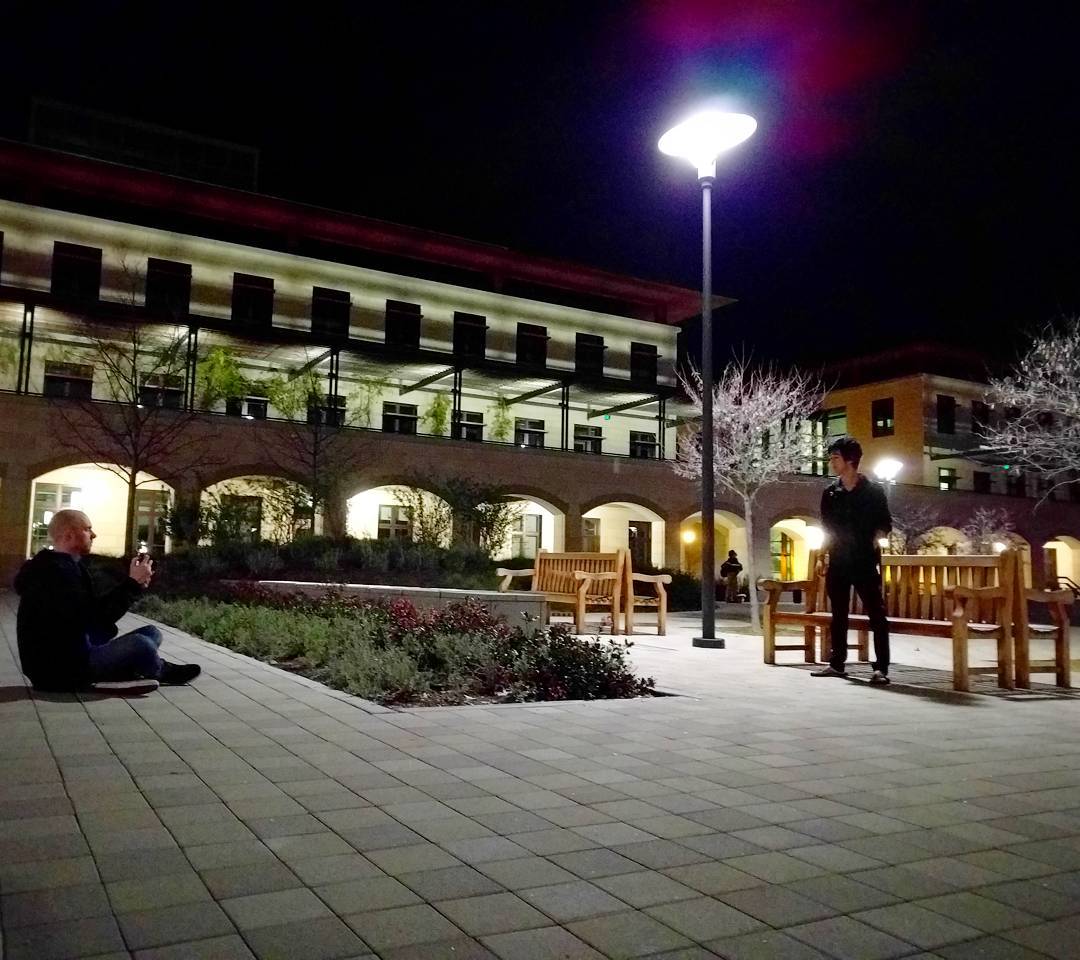
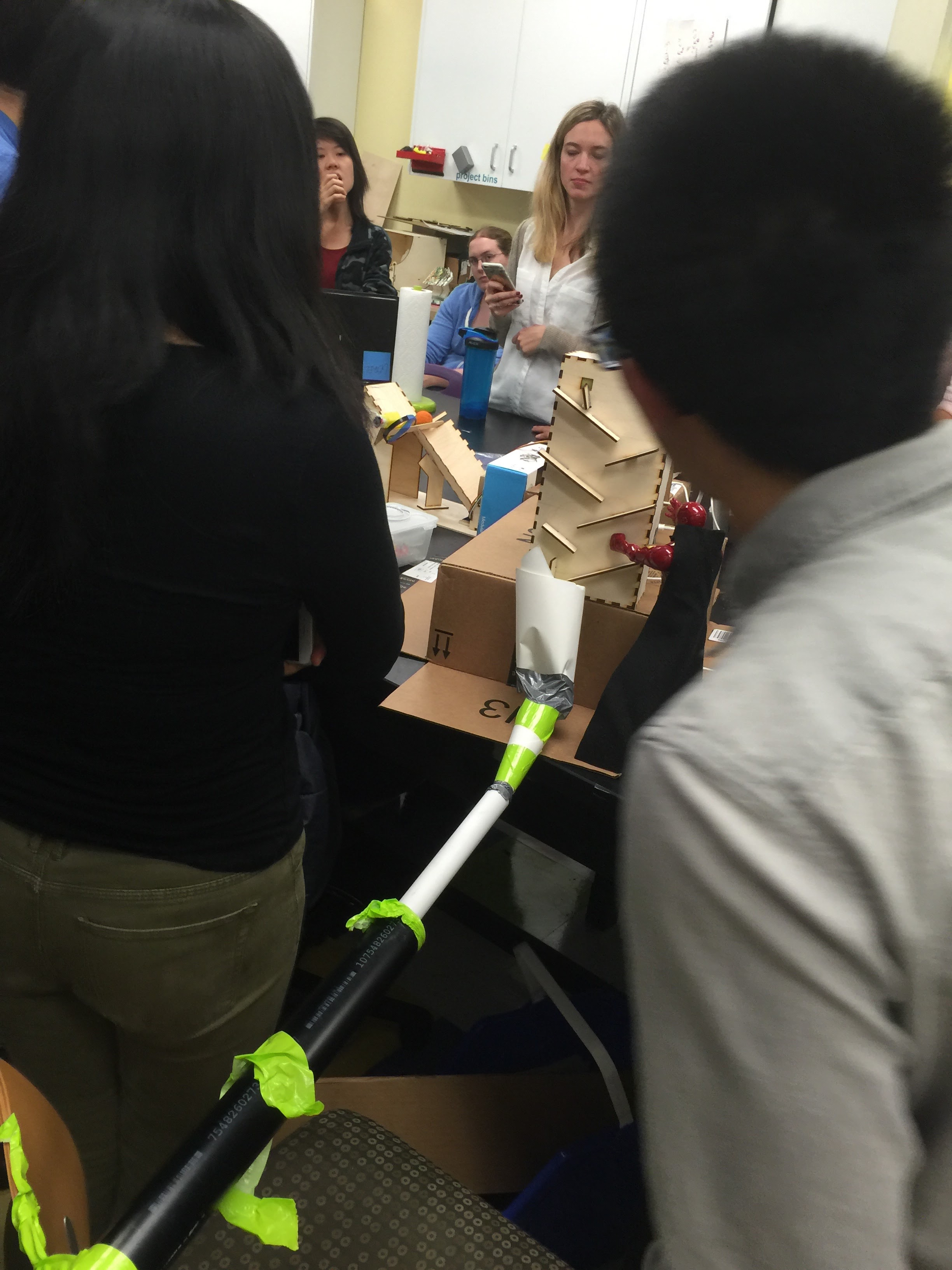
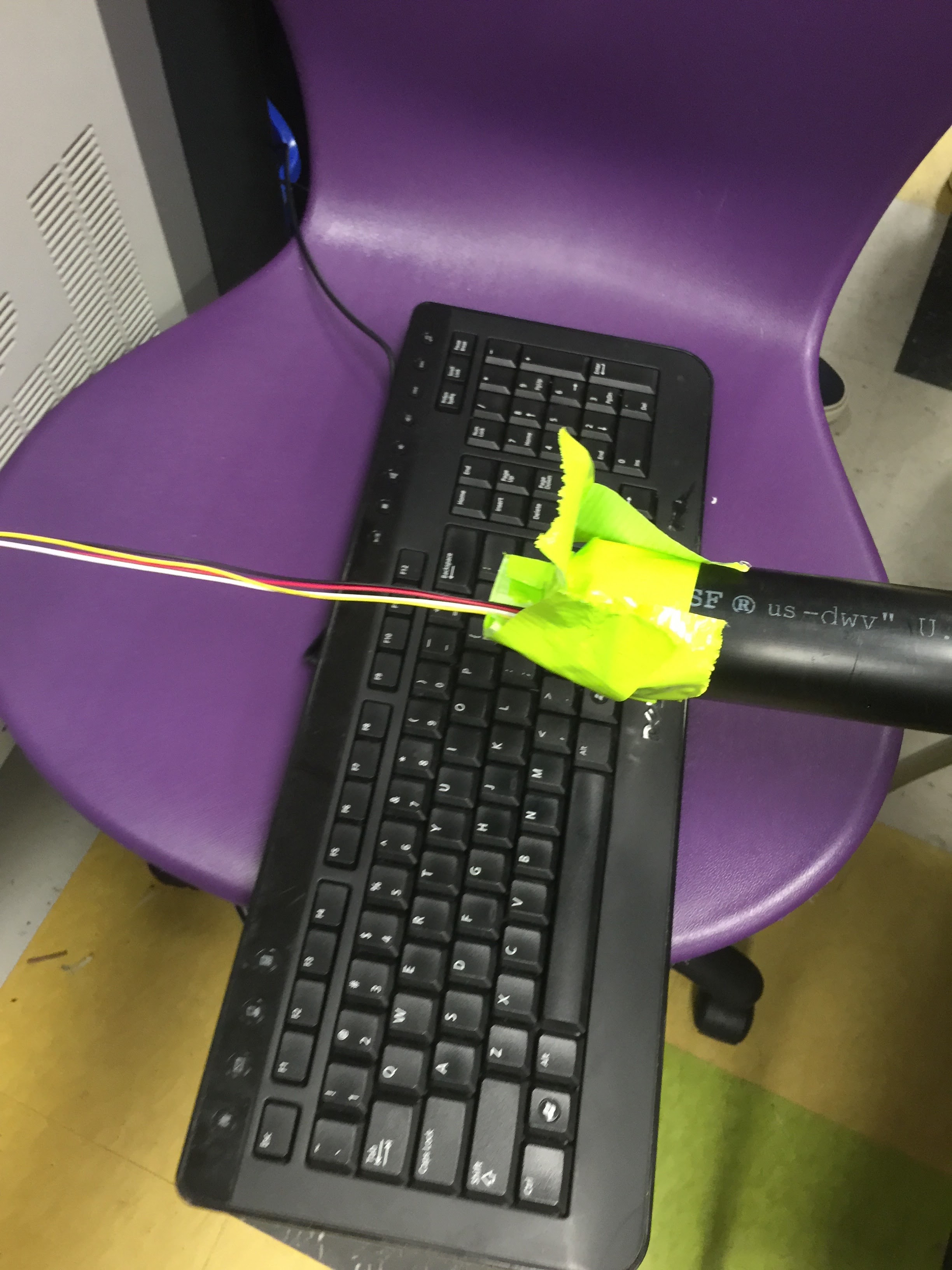
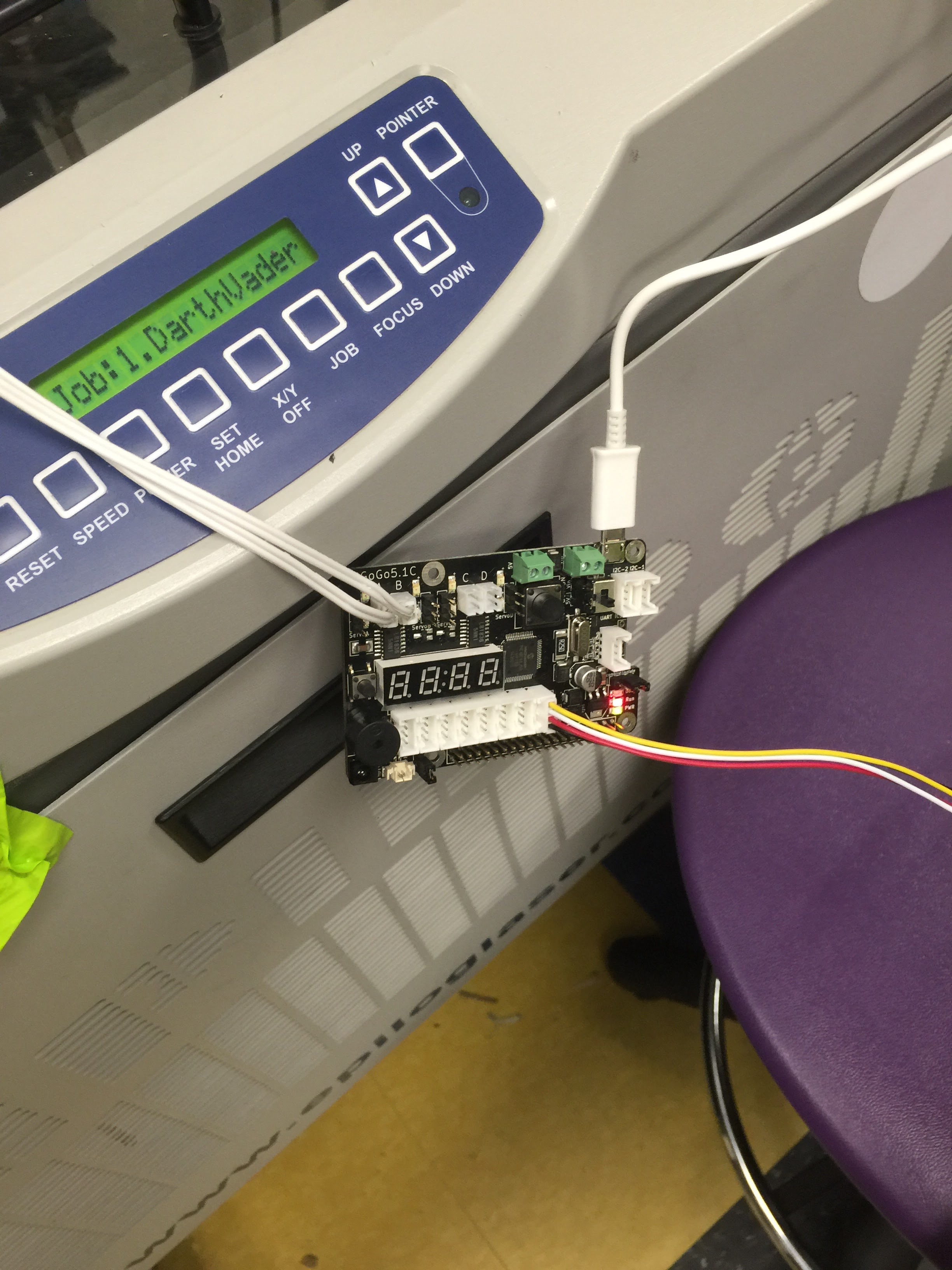
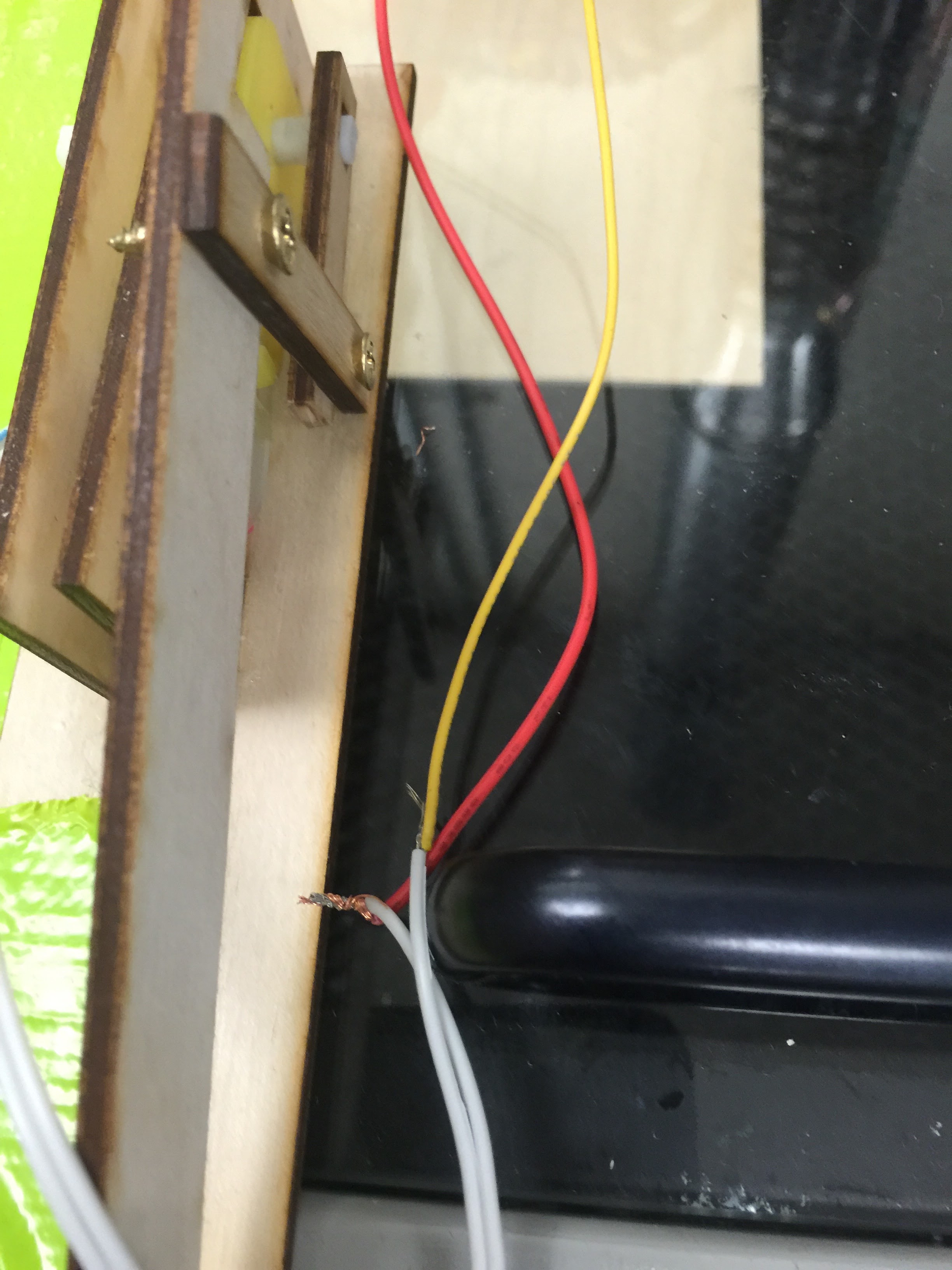
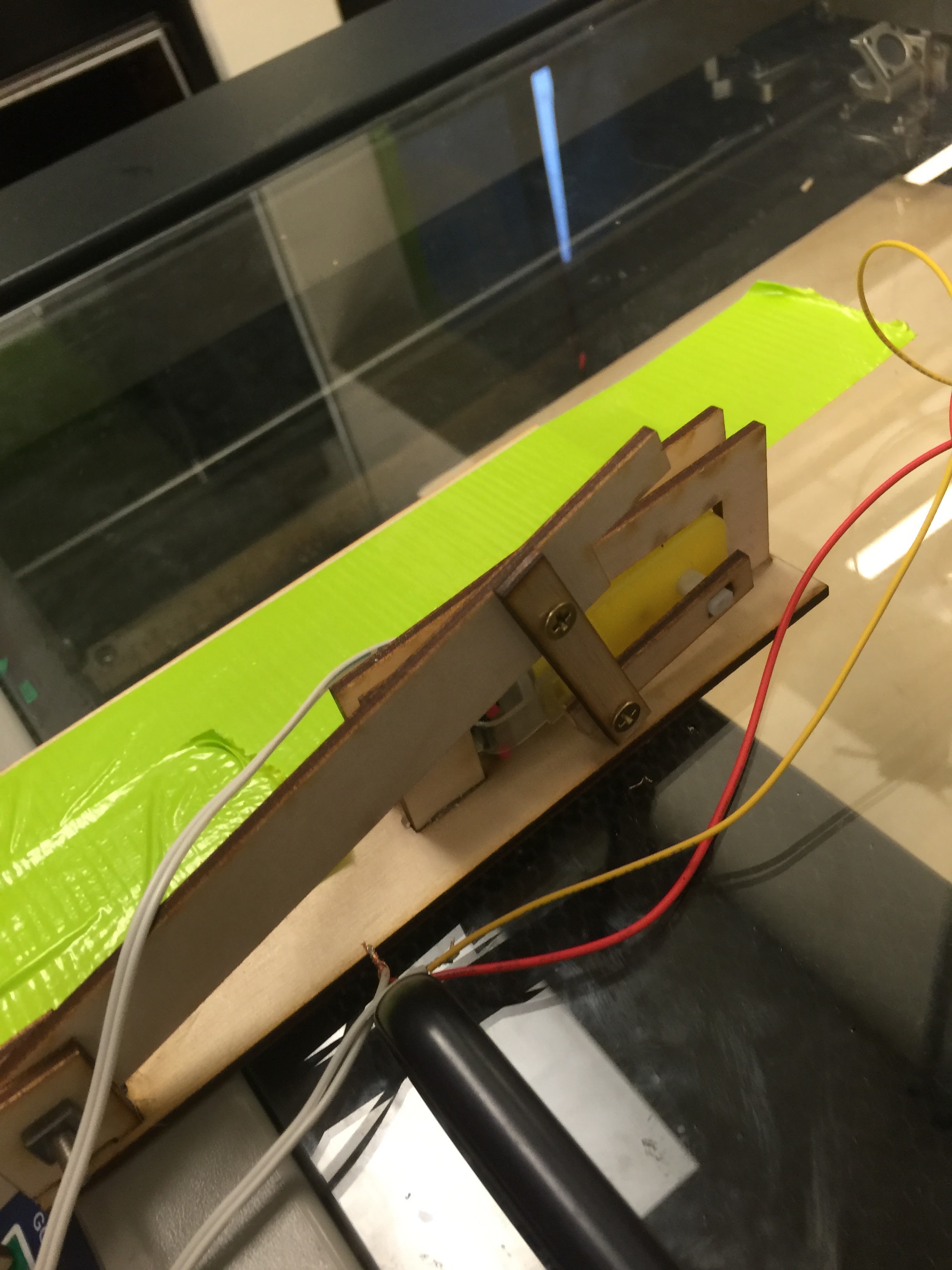
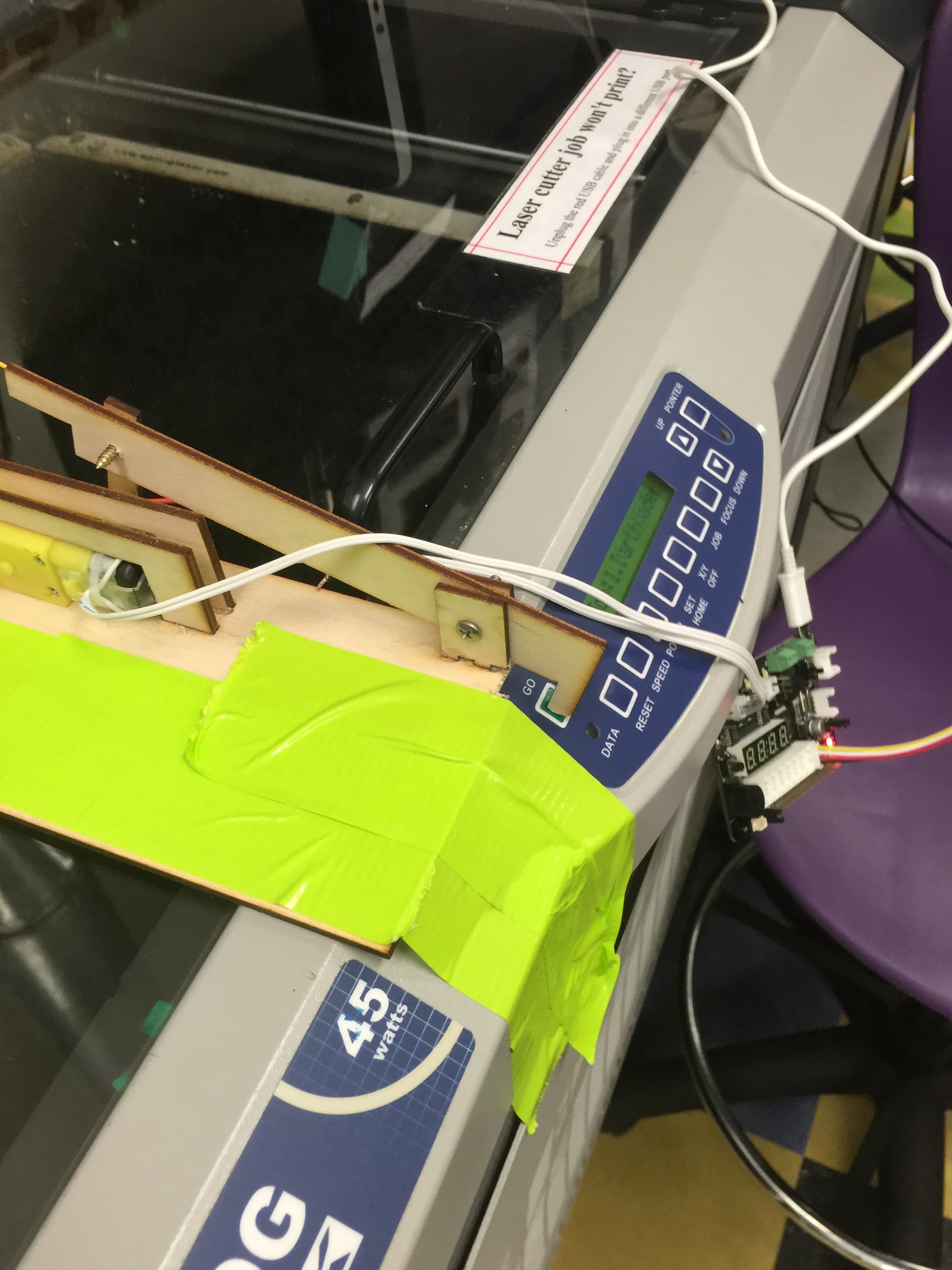
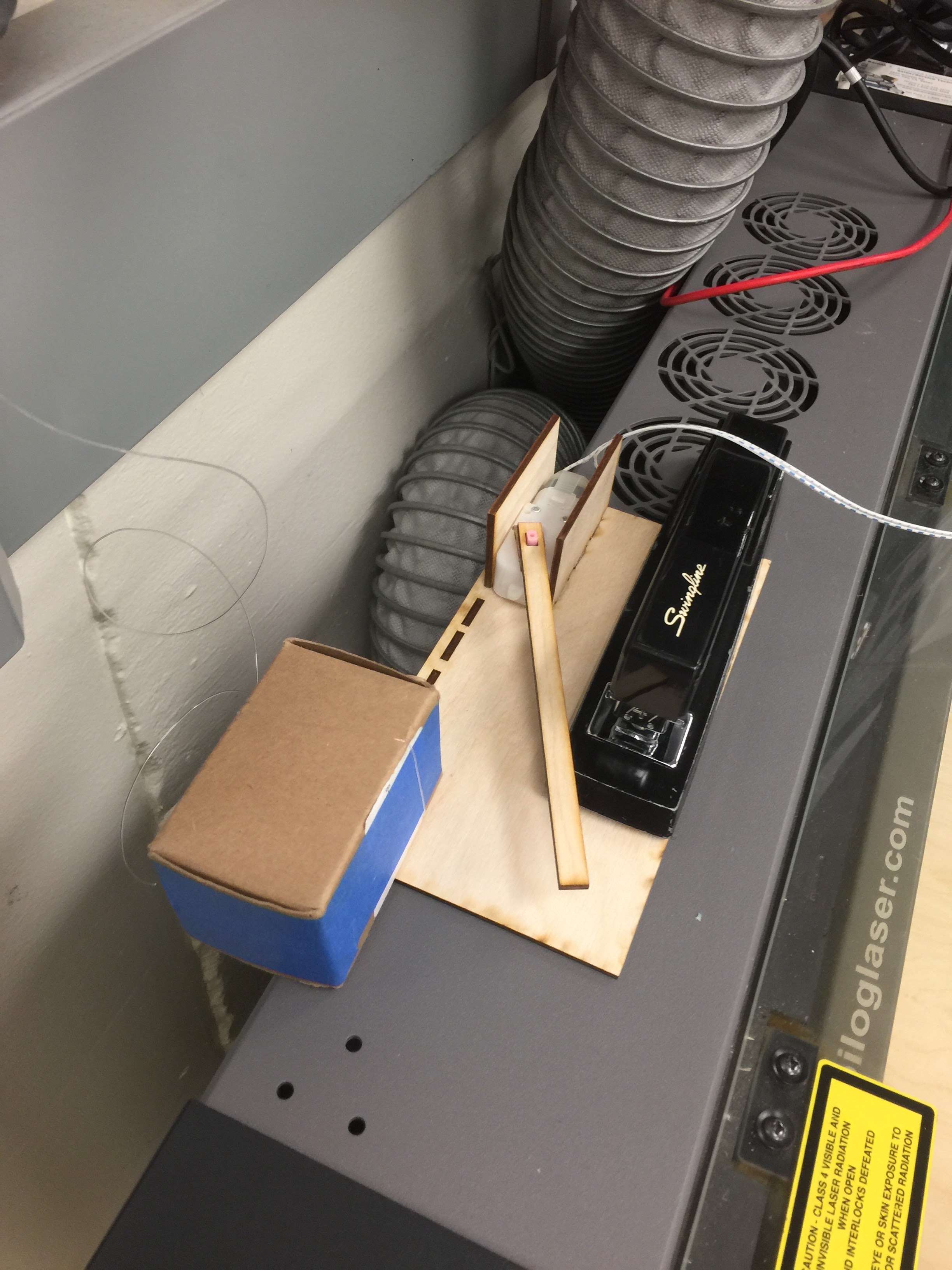
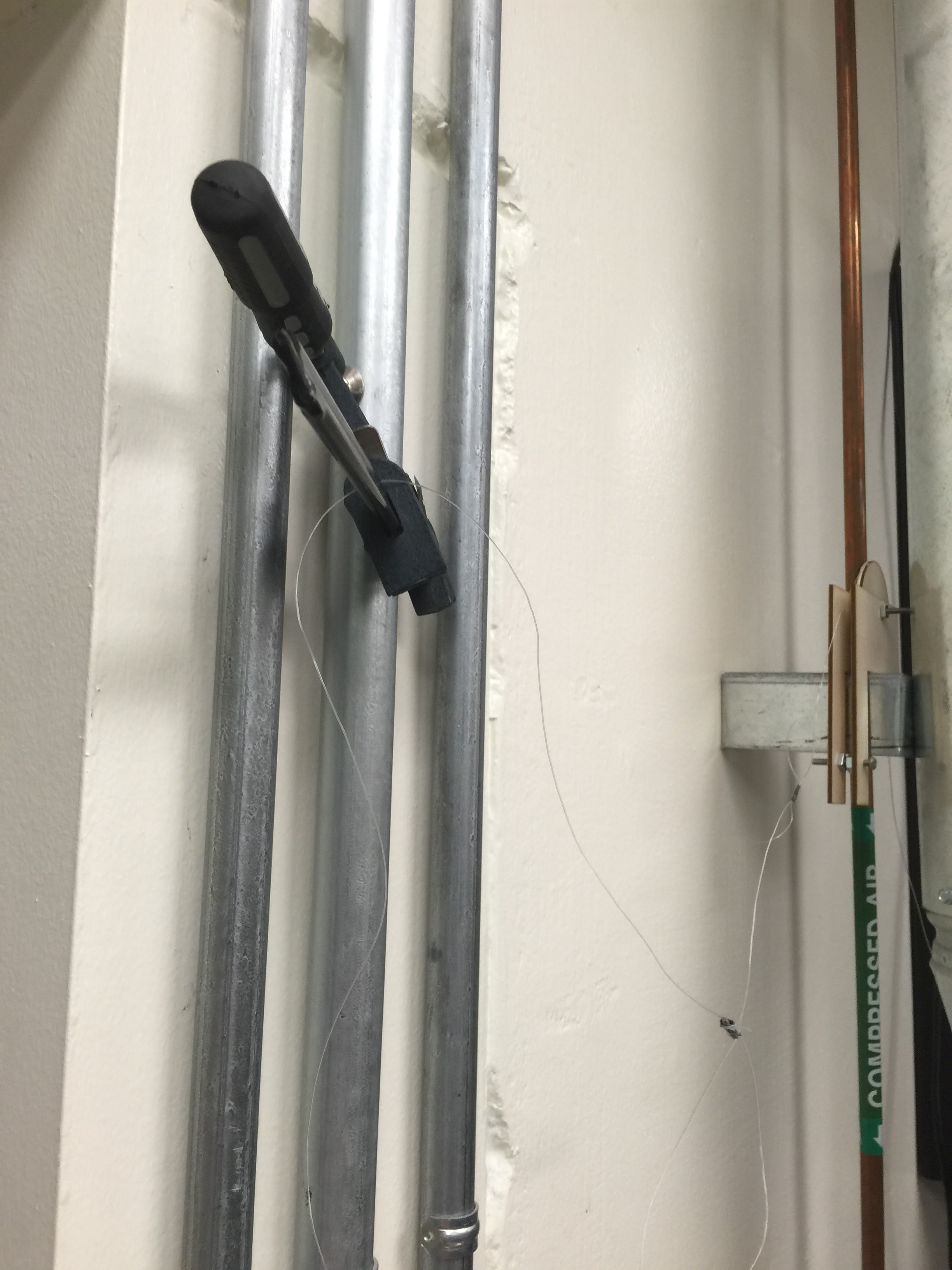
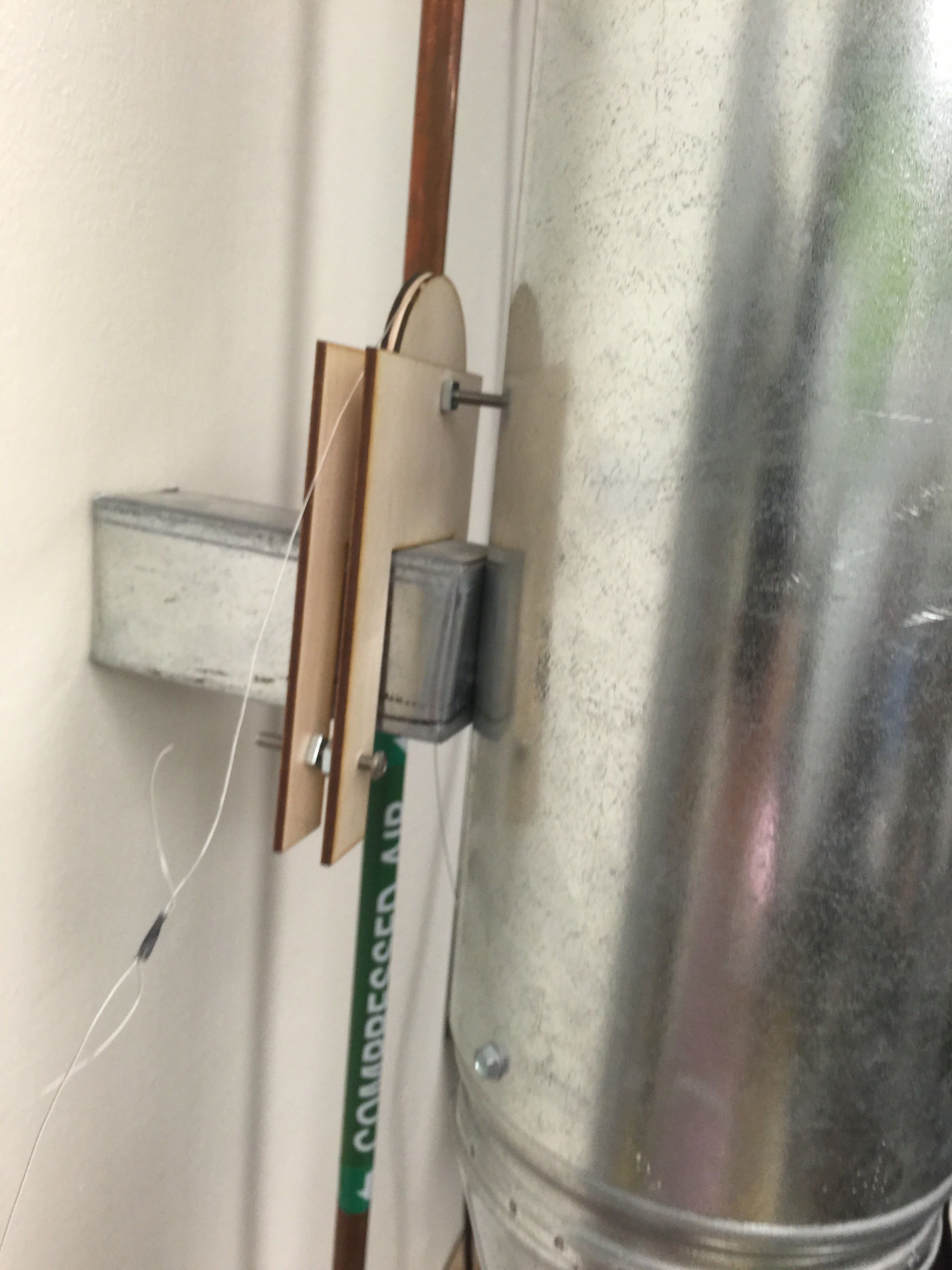
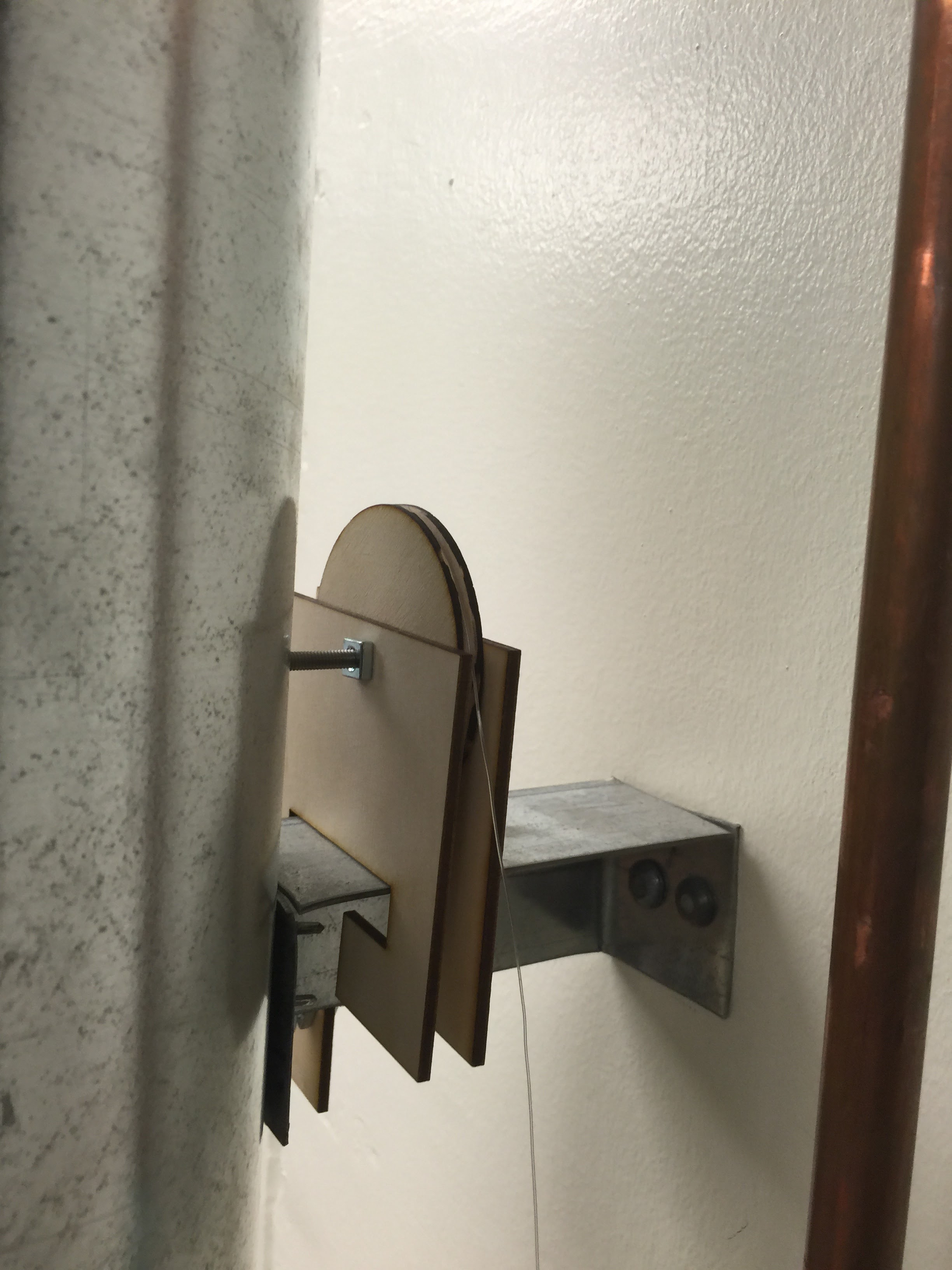
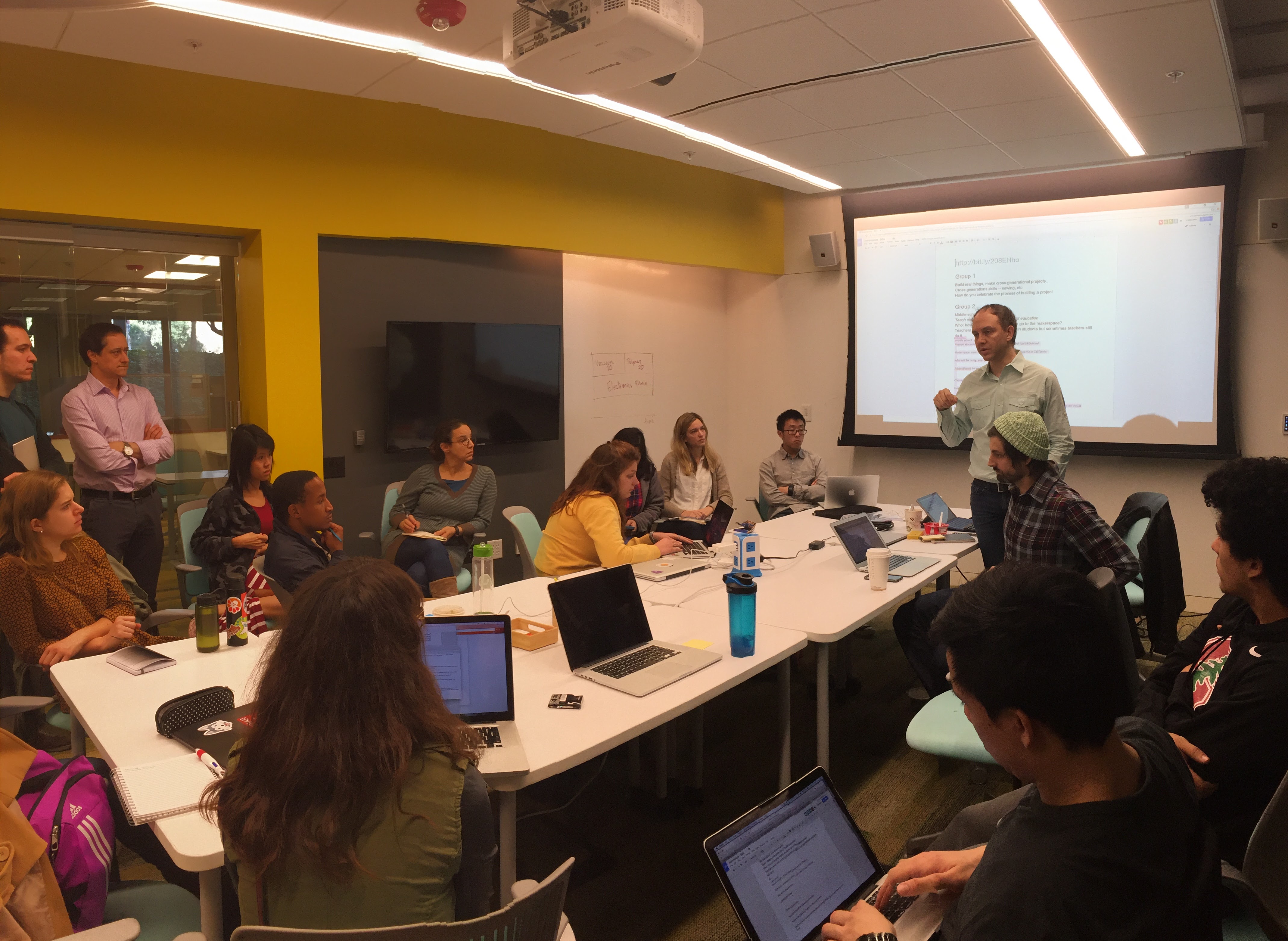
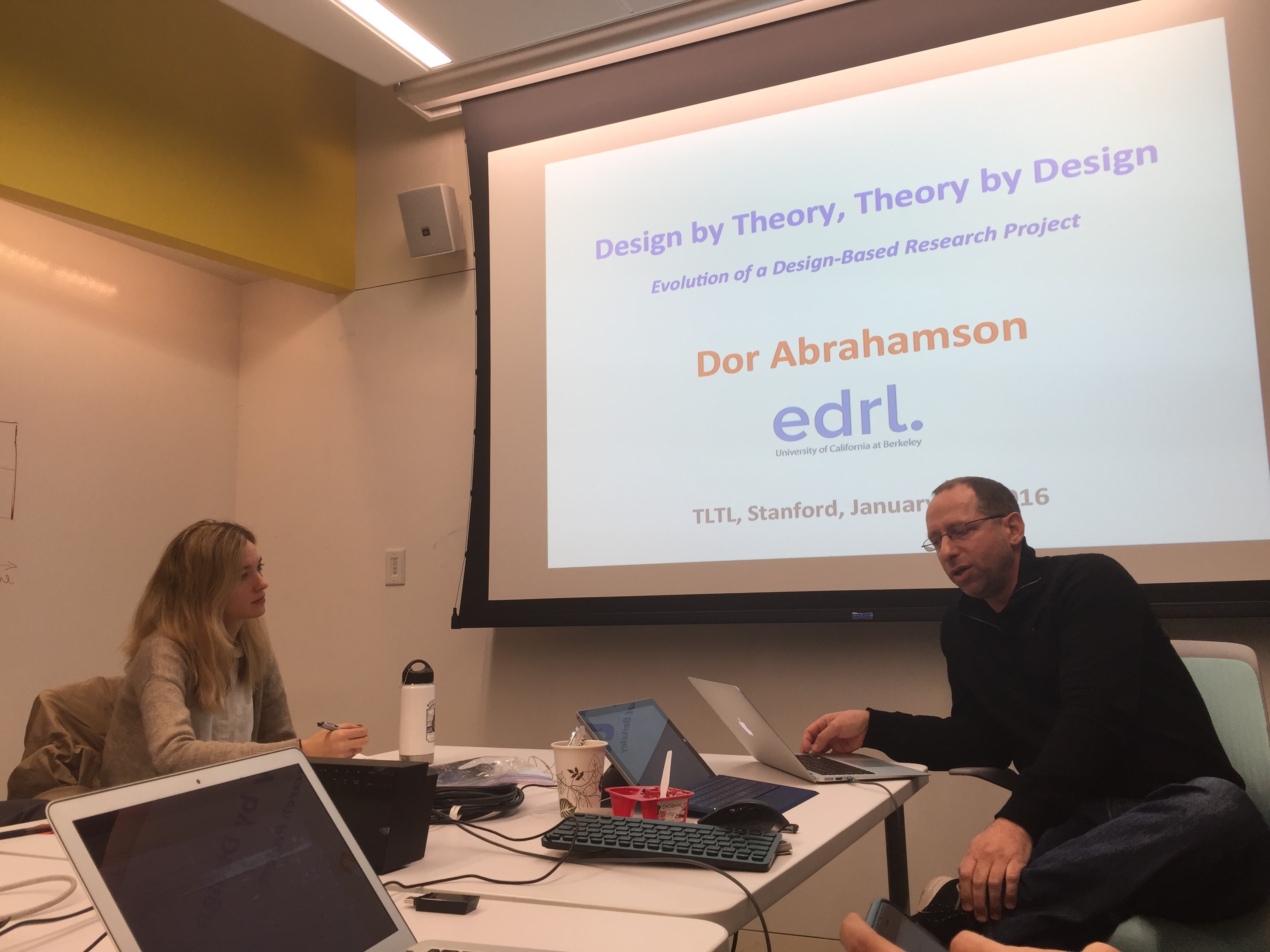
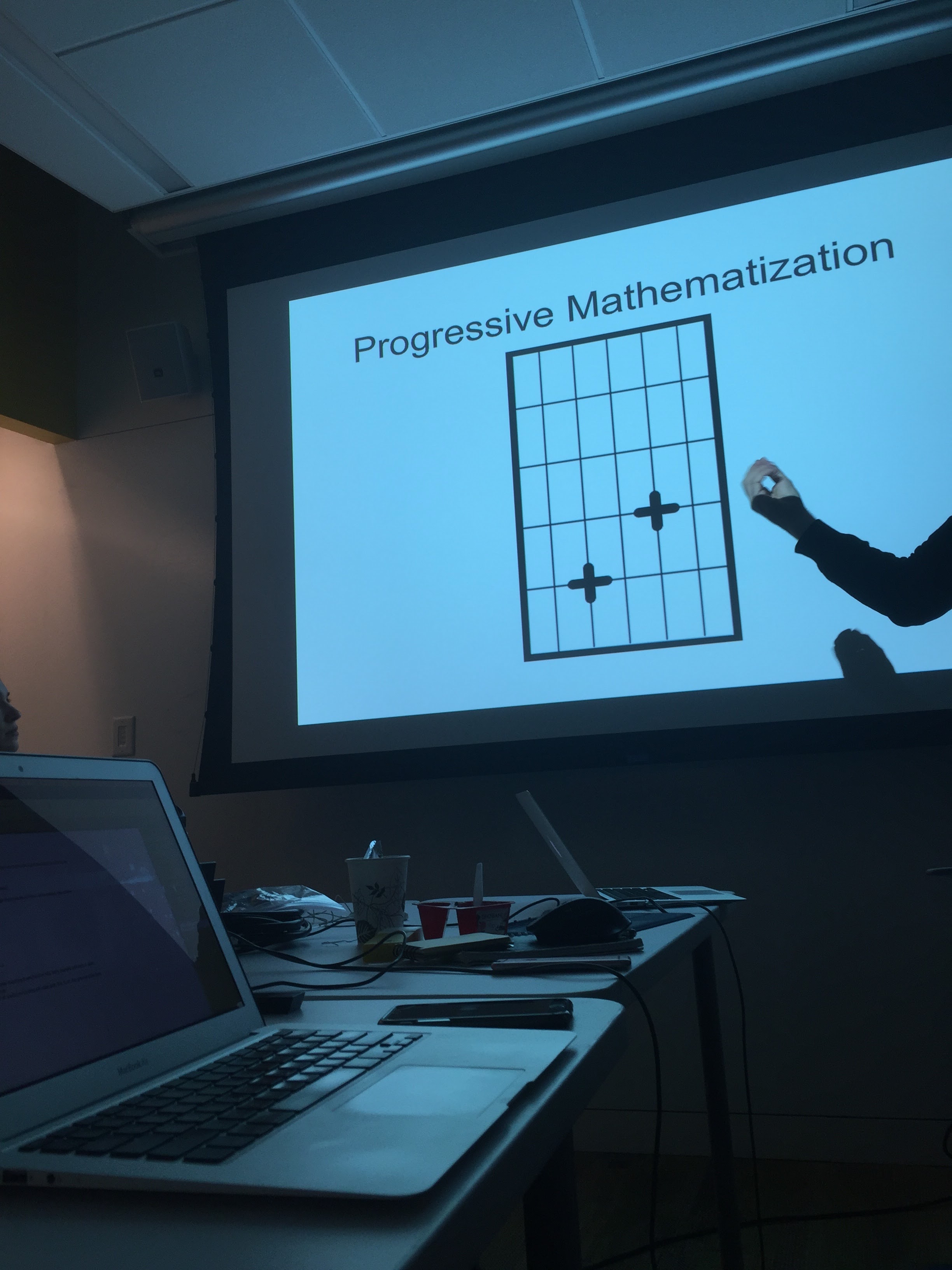
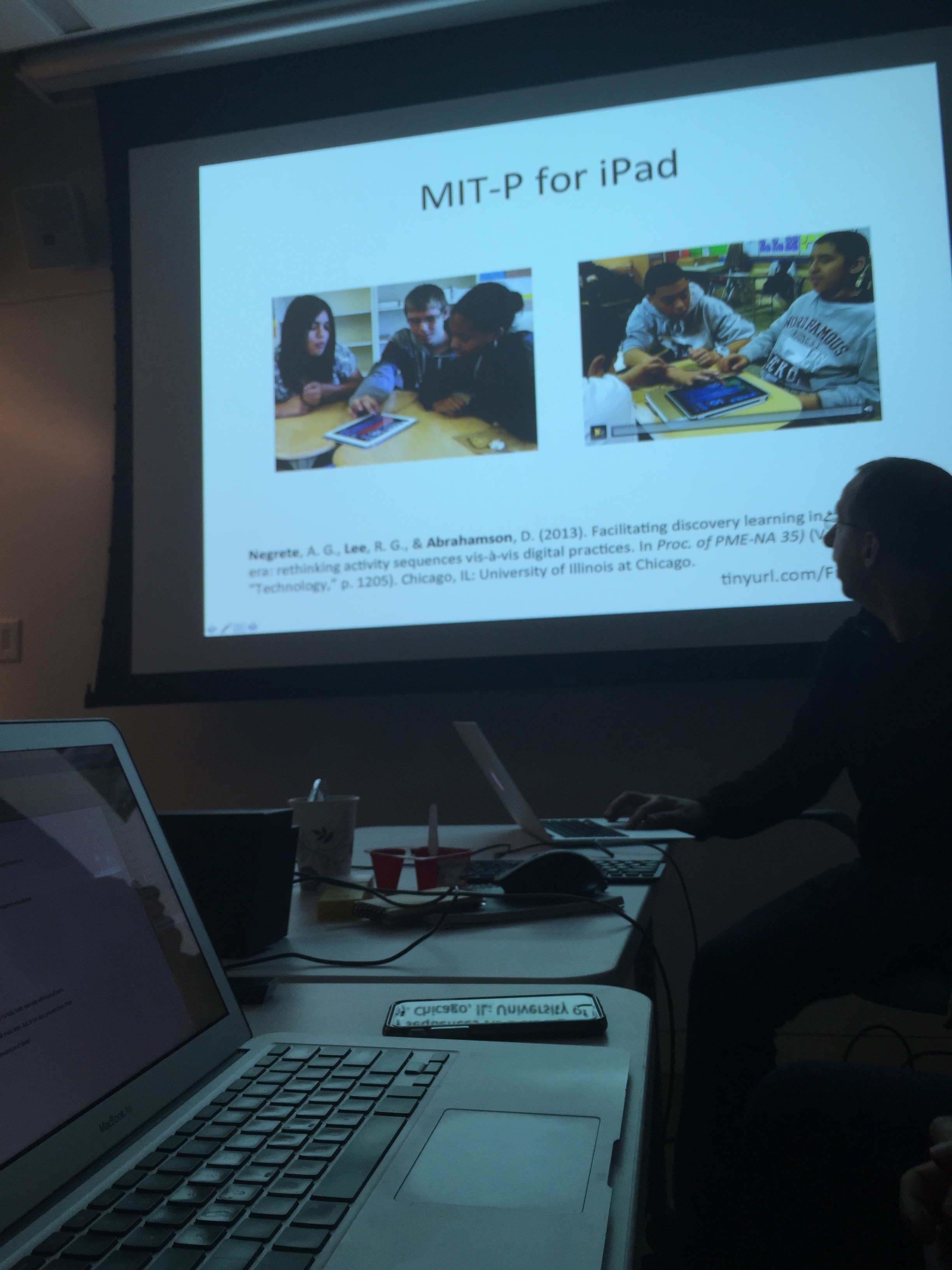
 Went to
Went to 